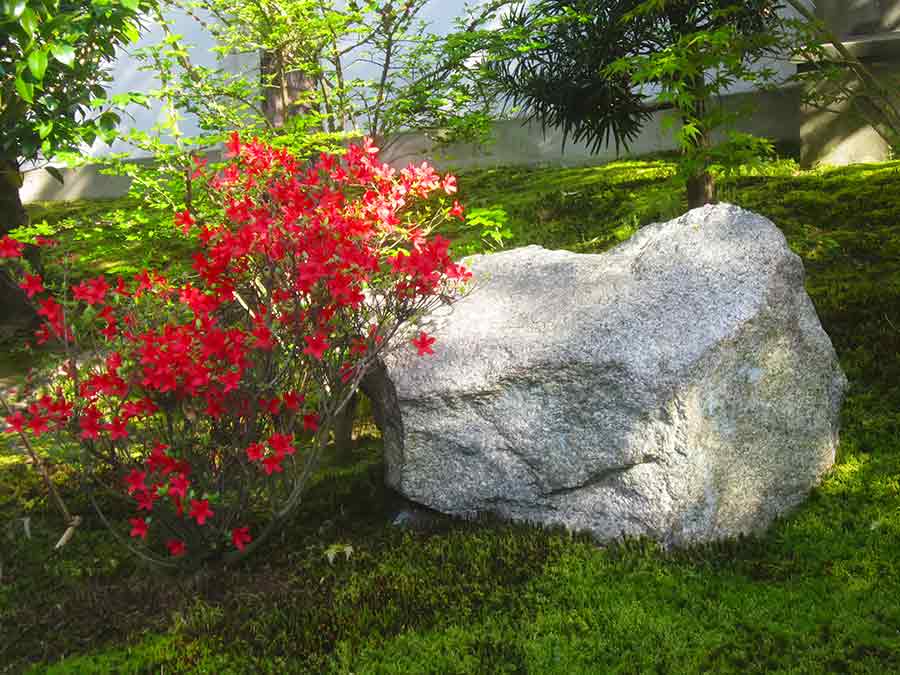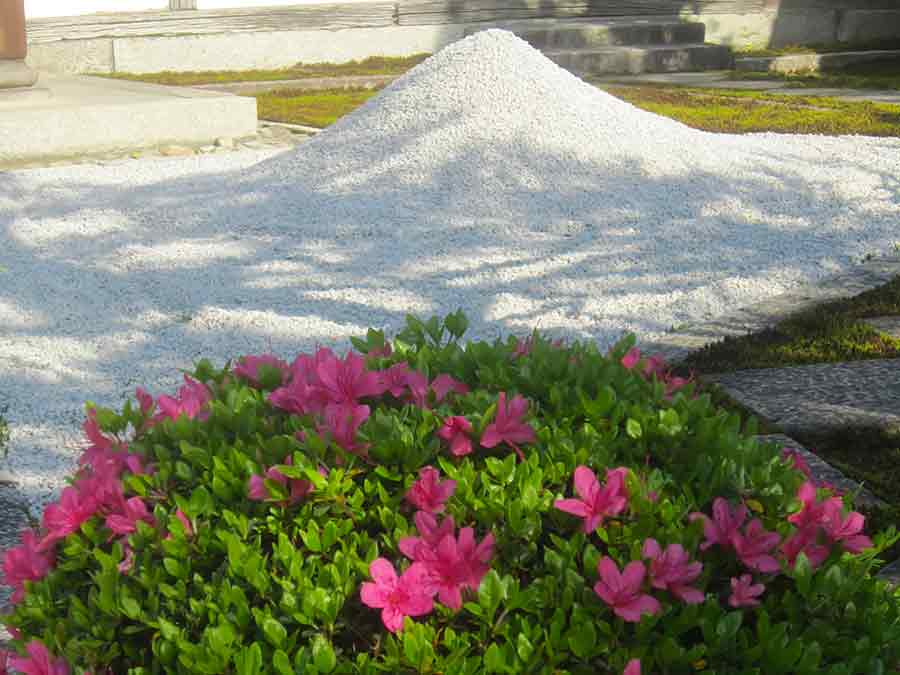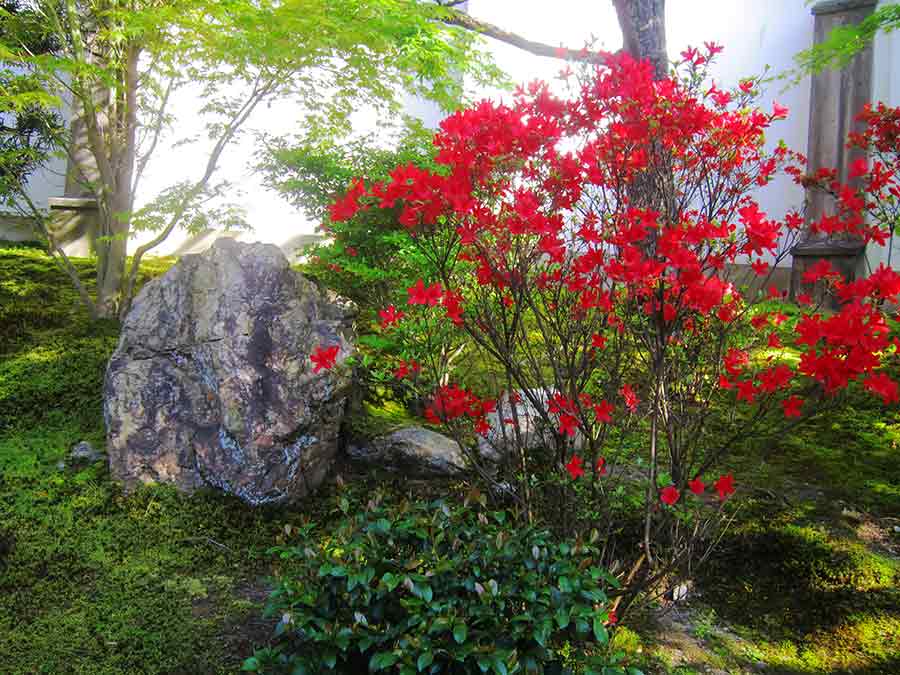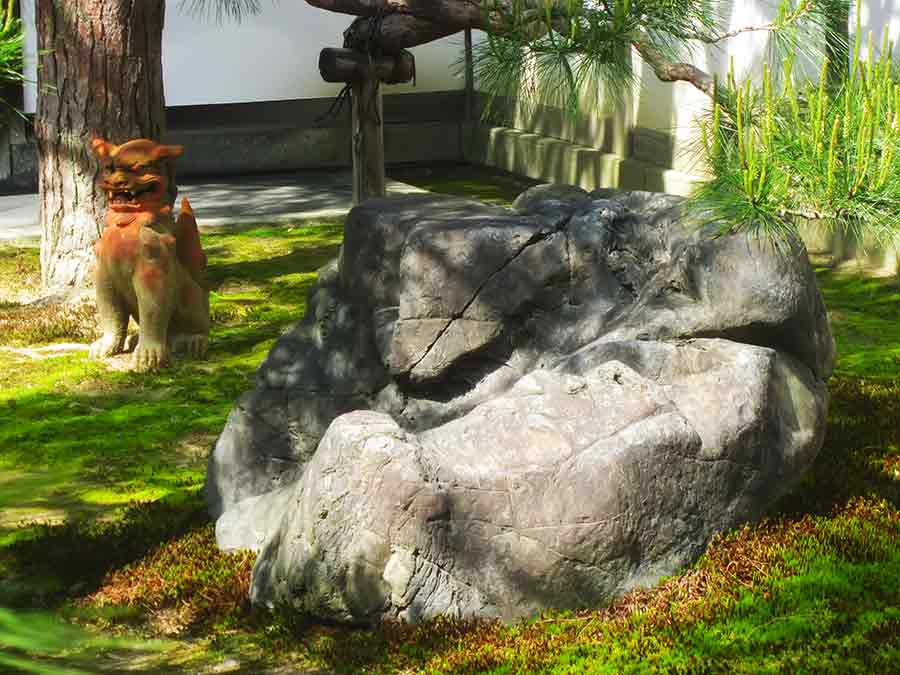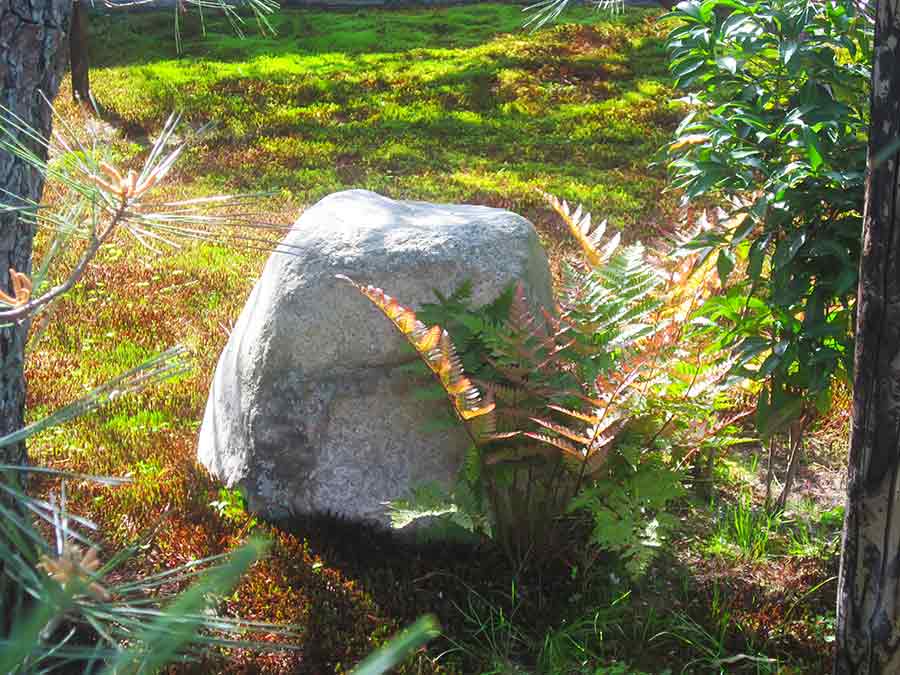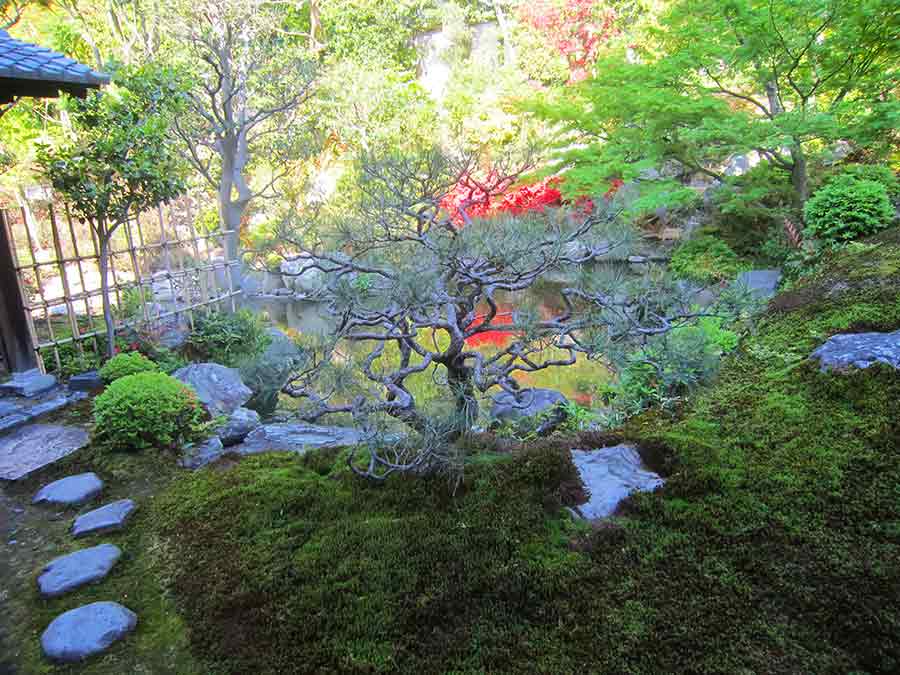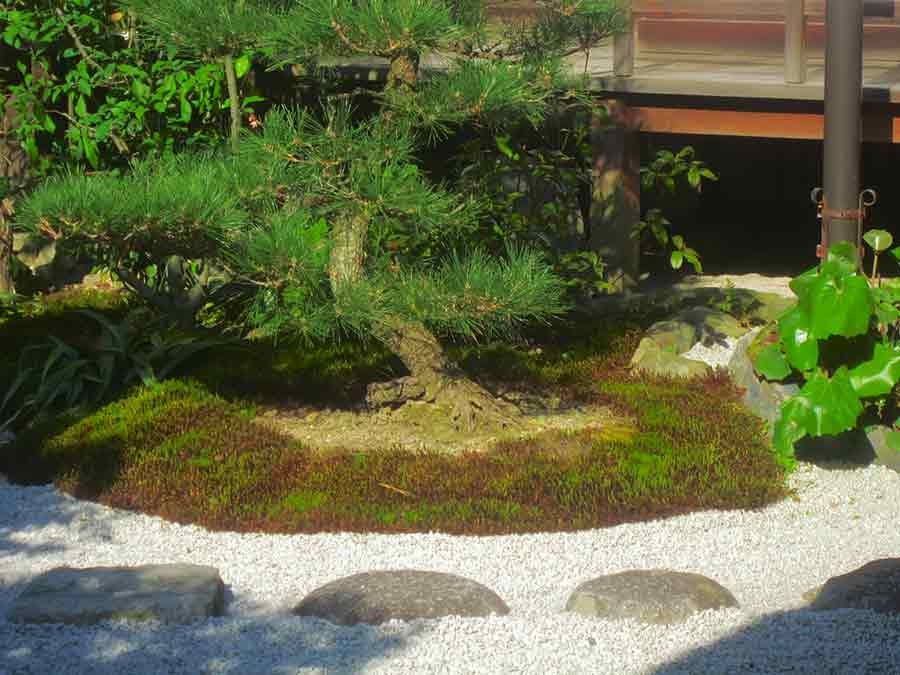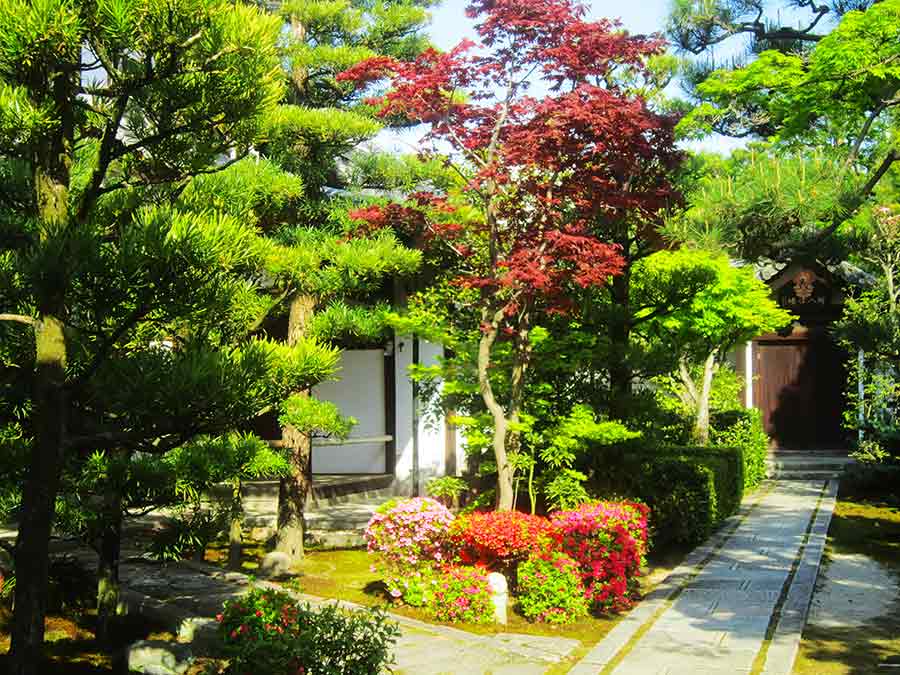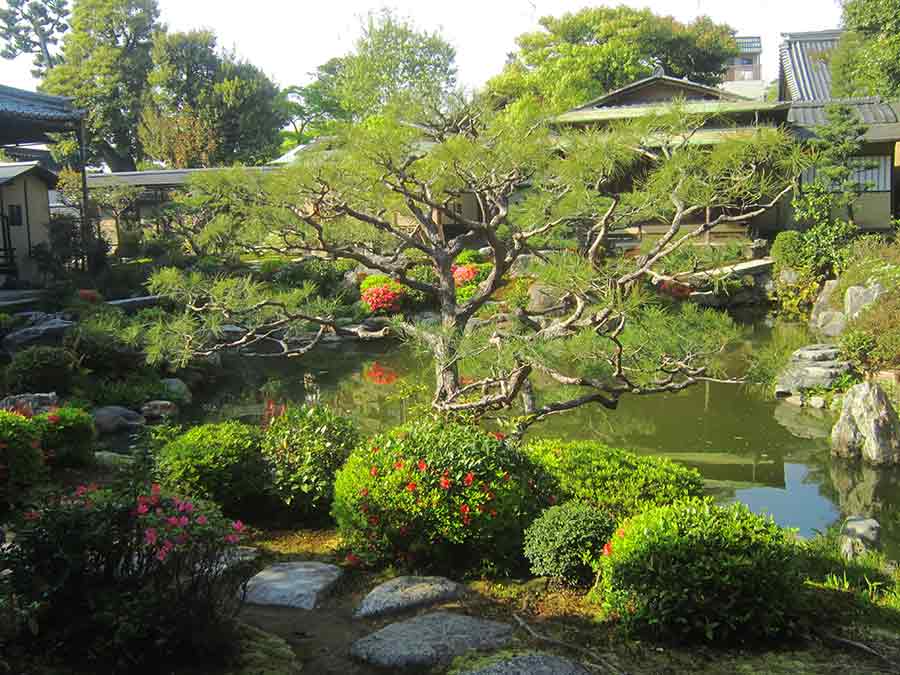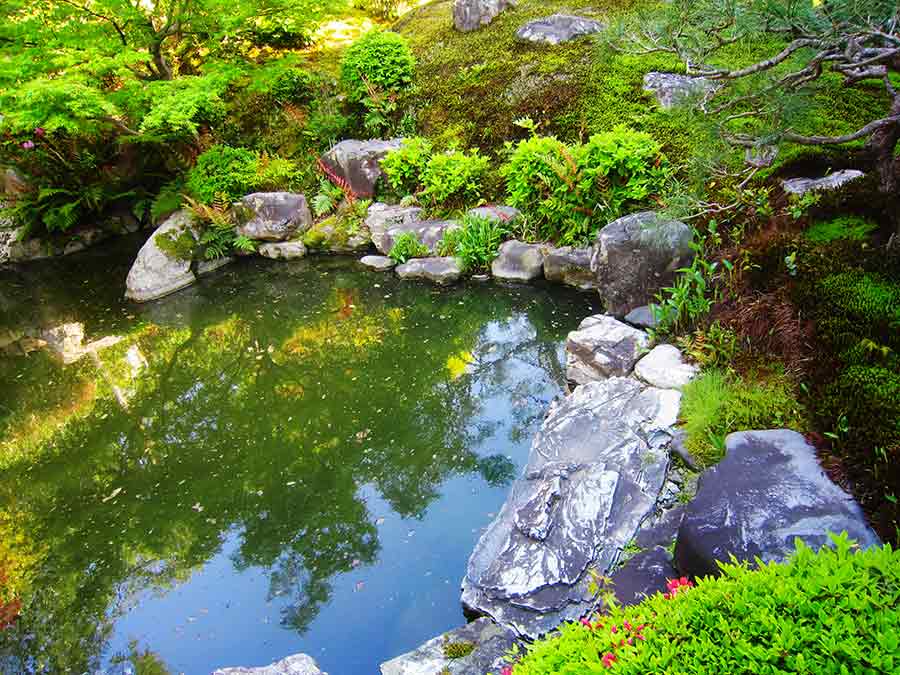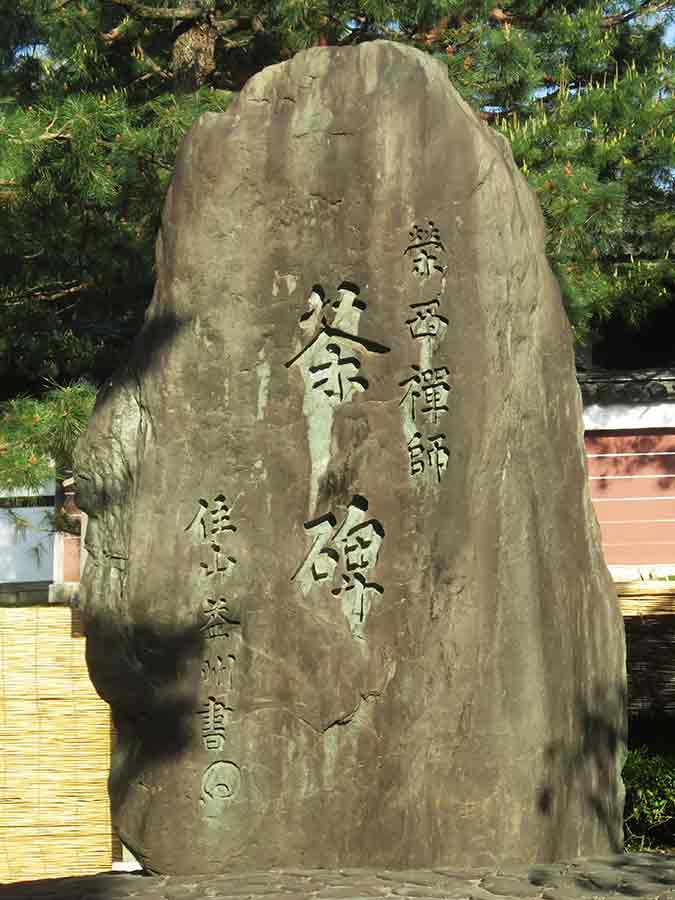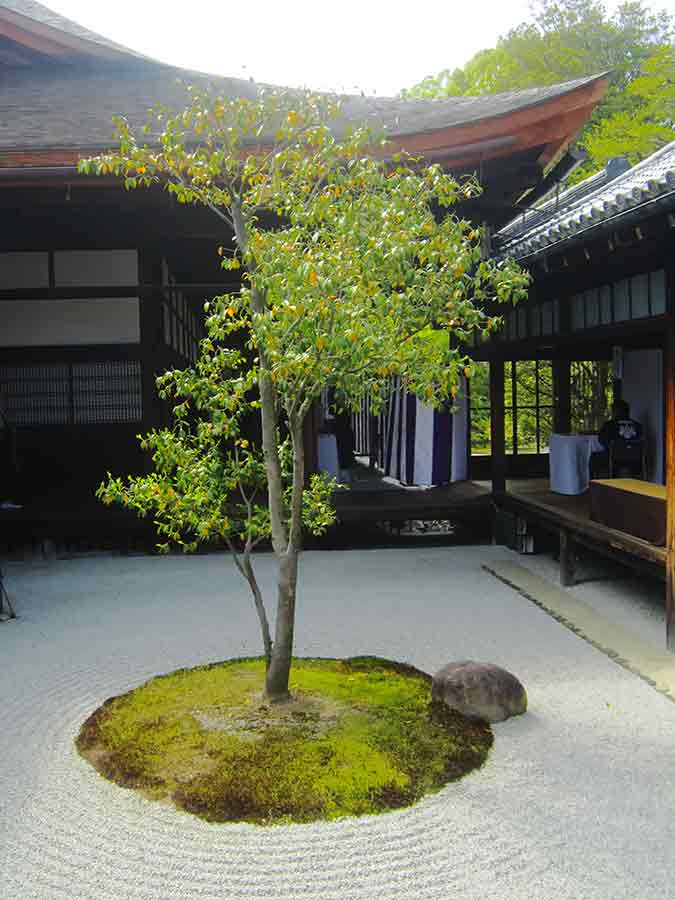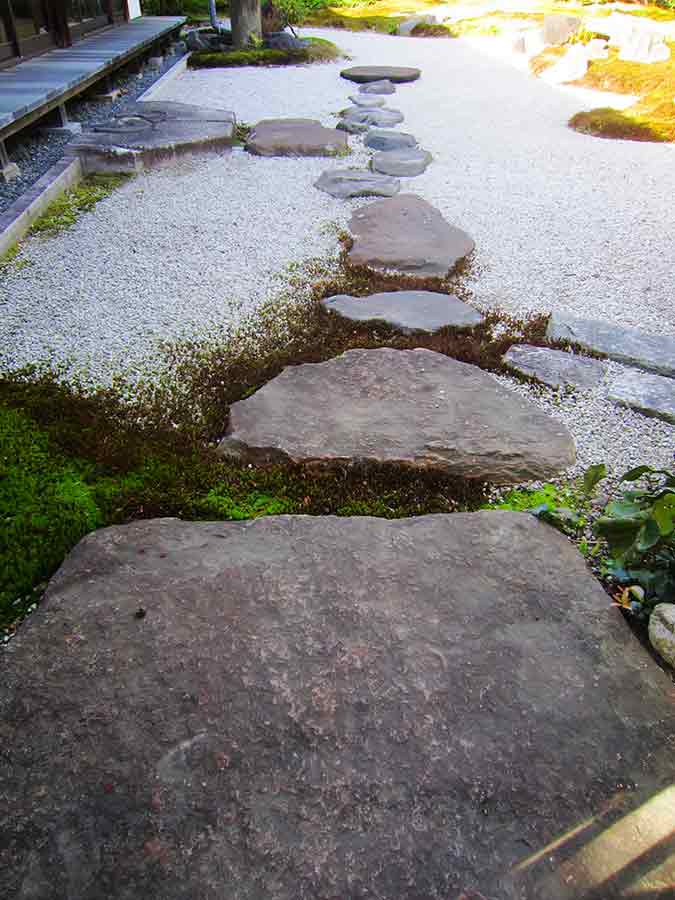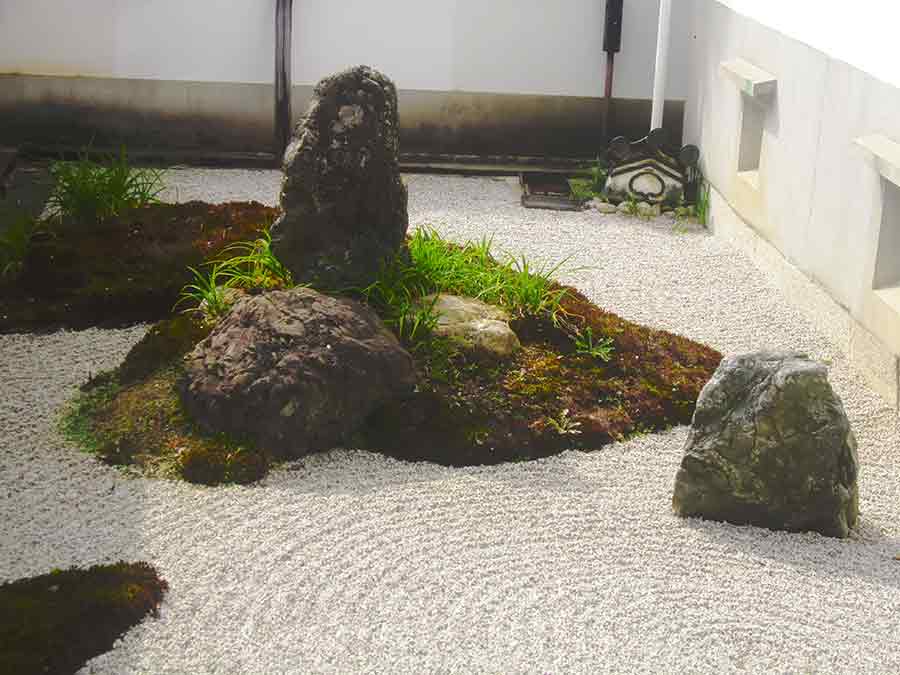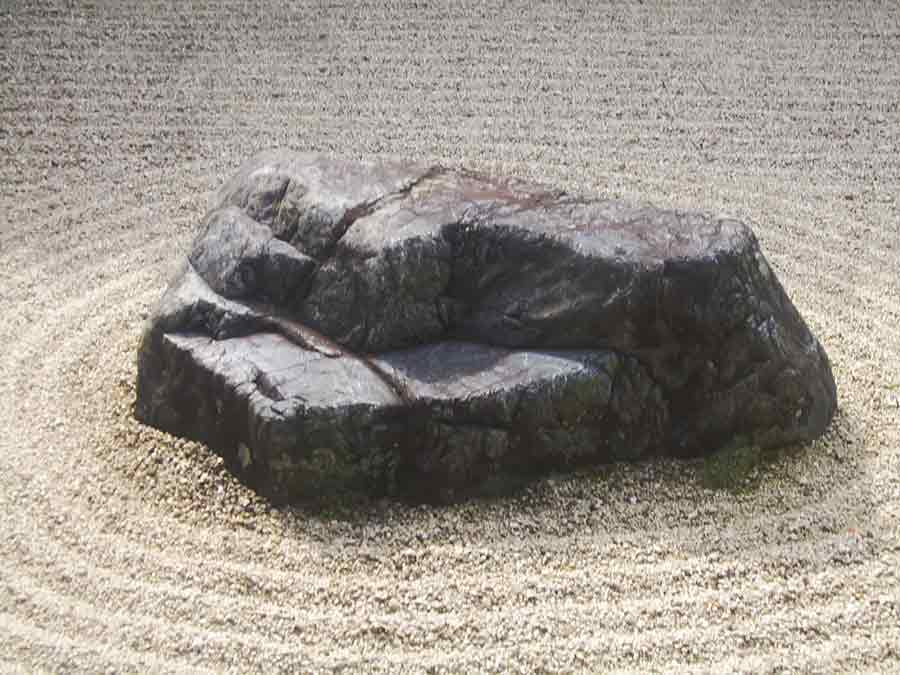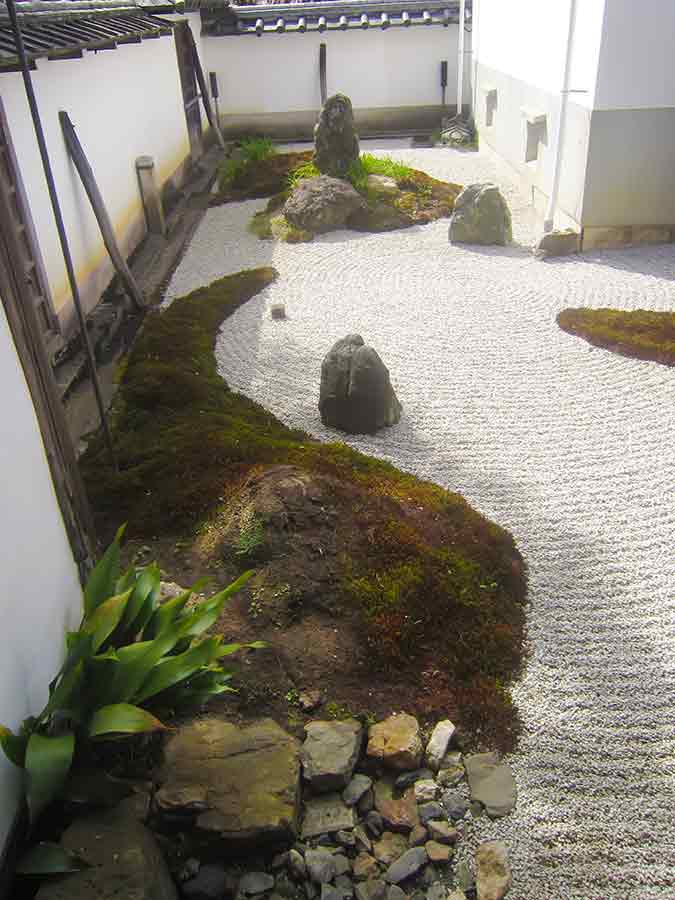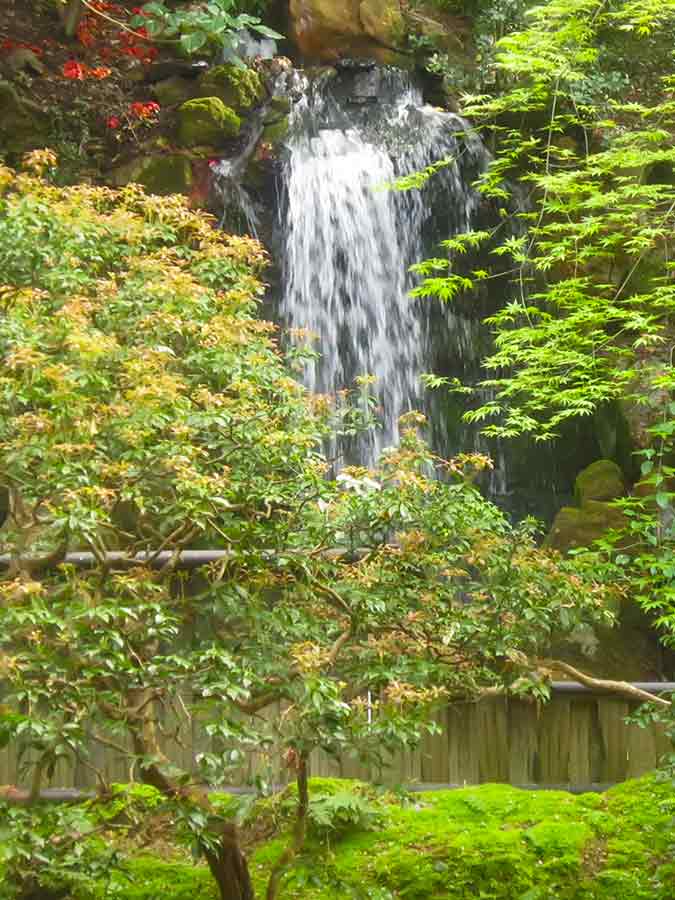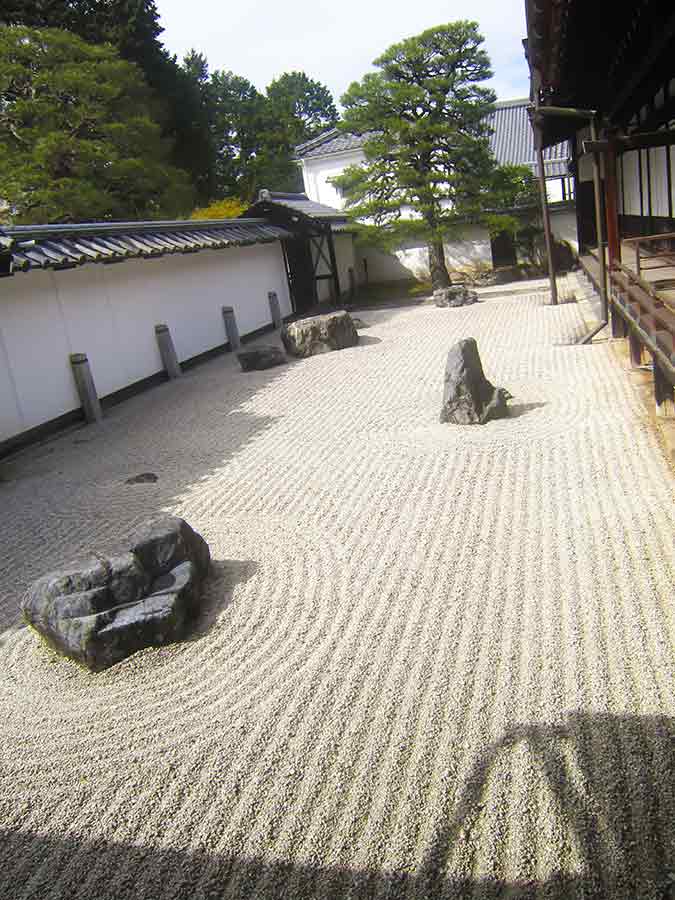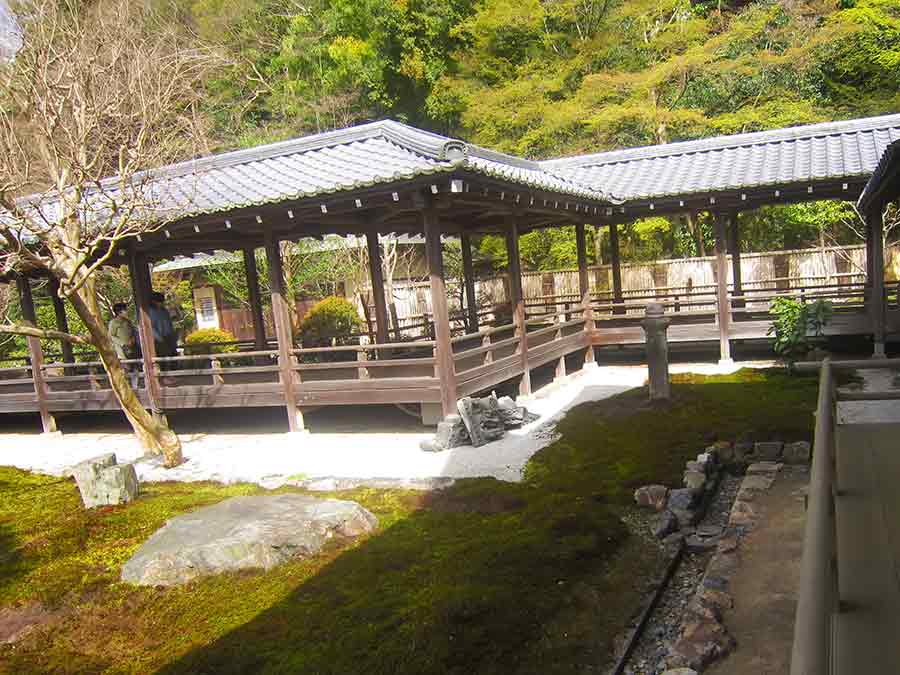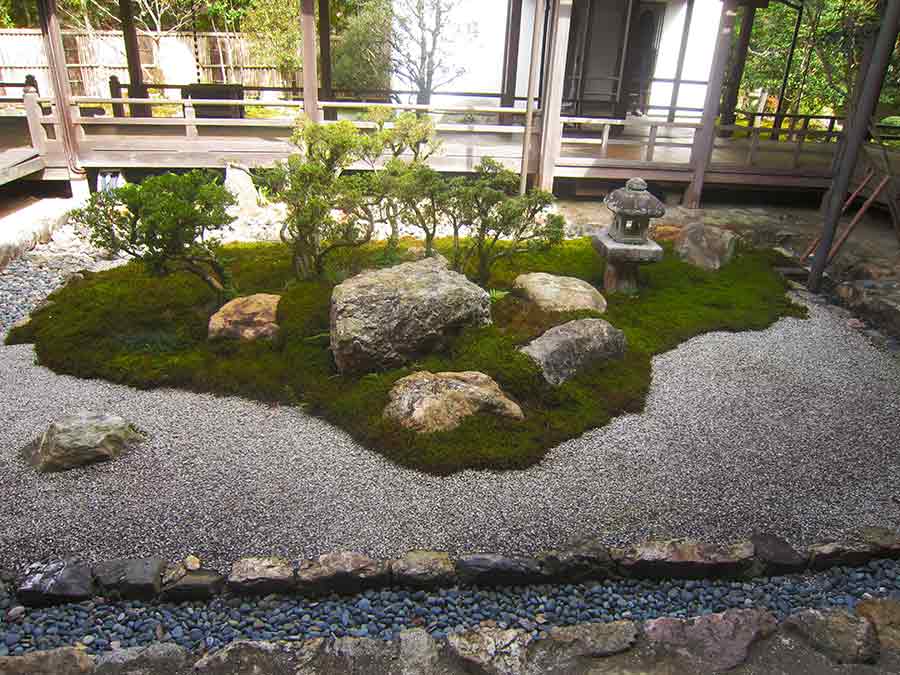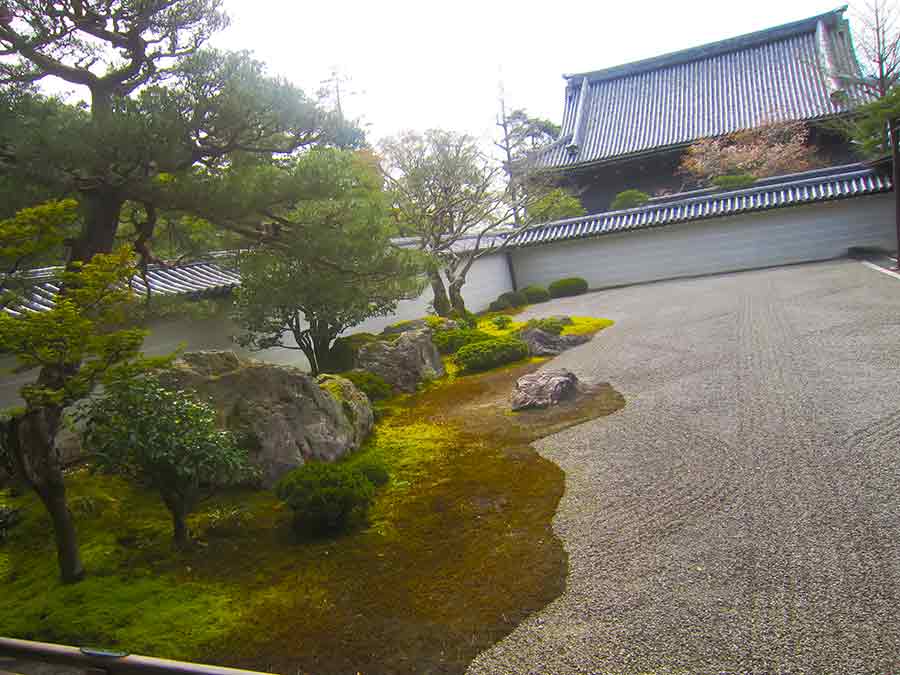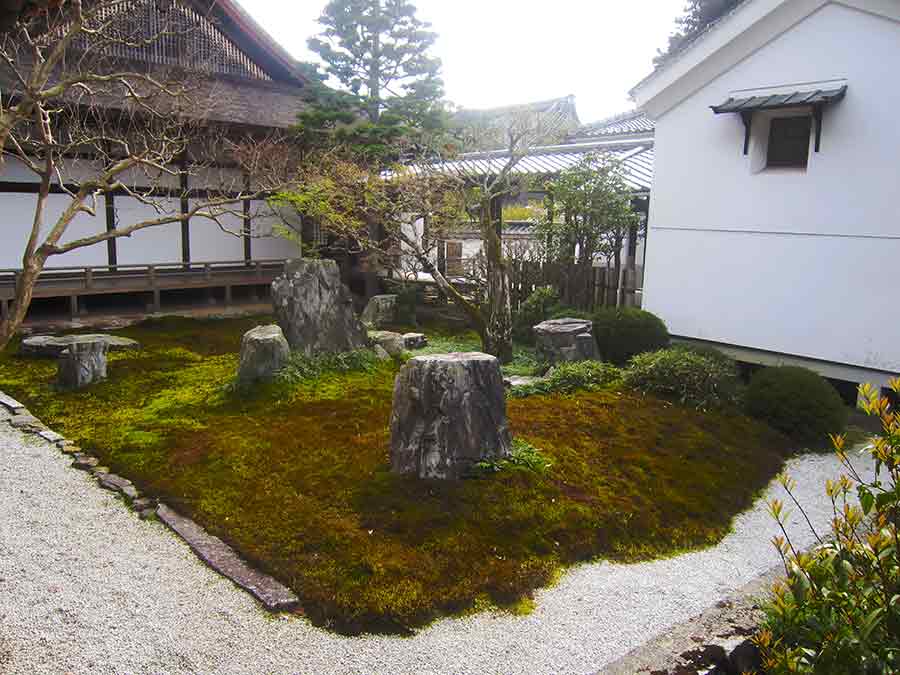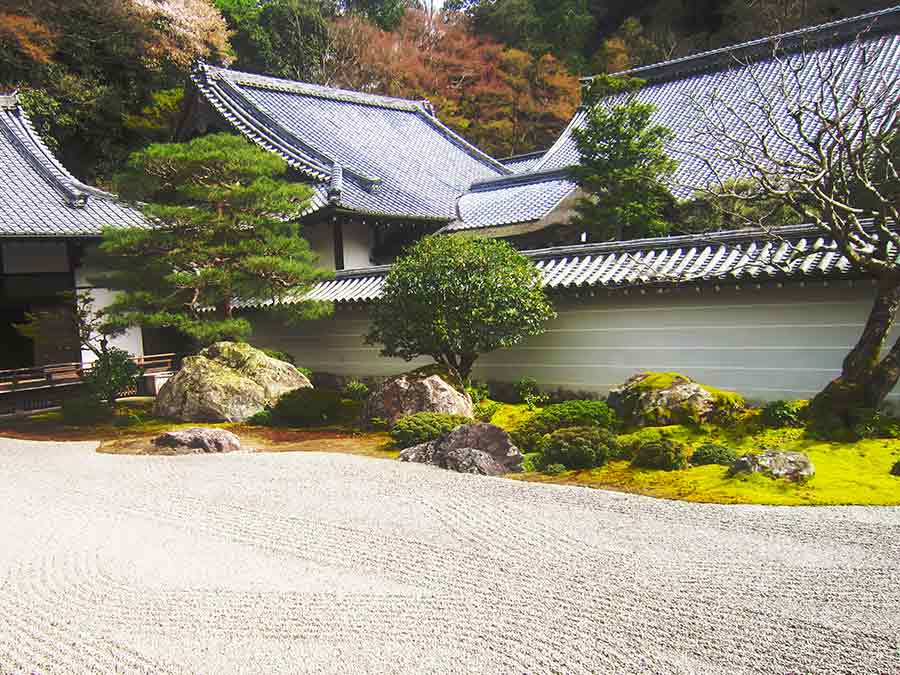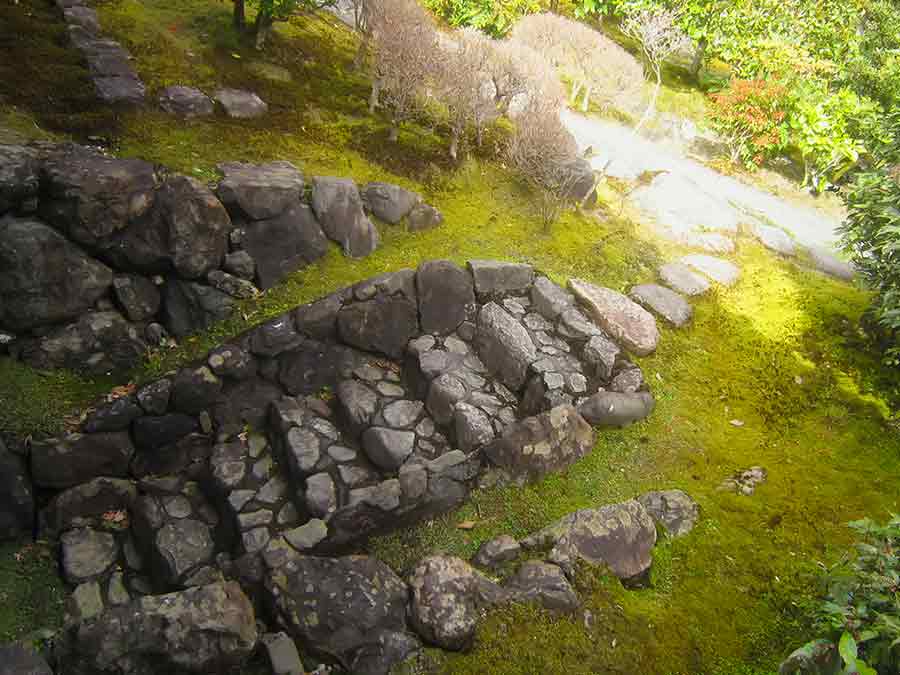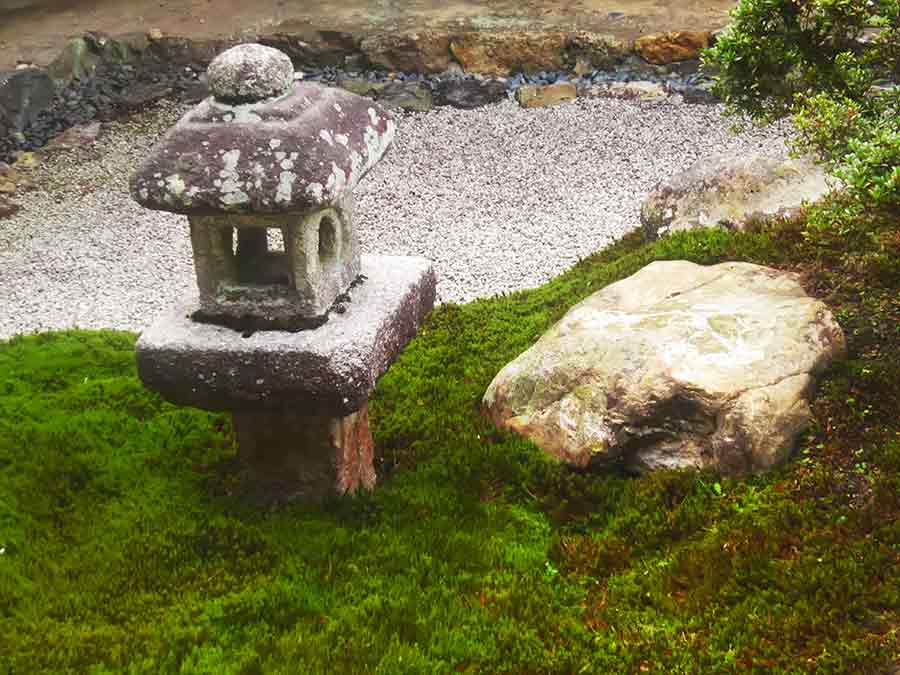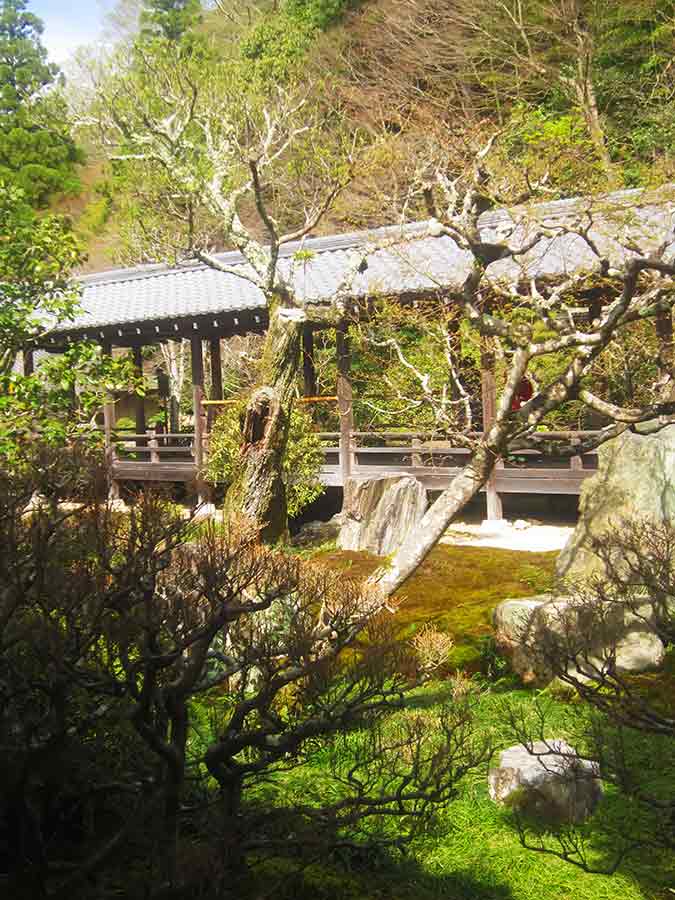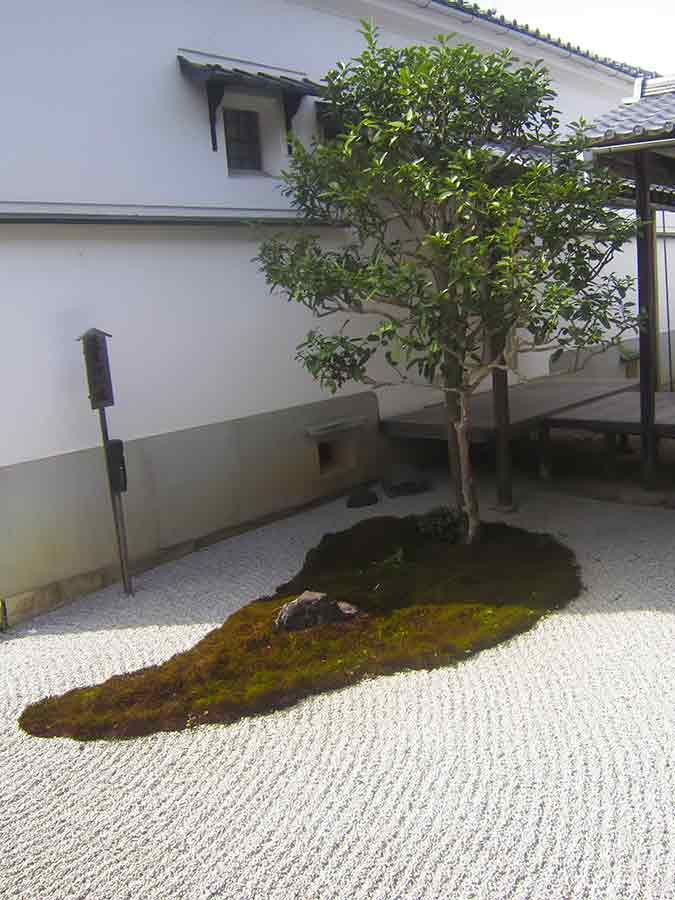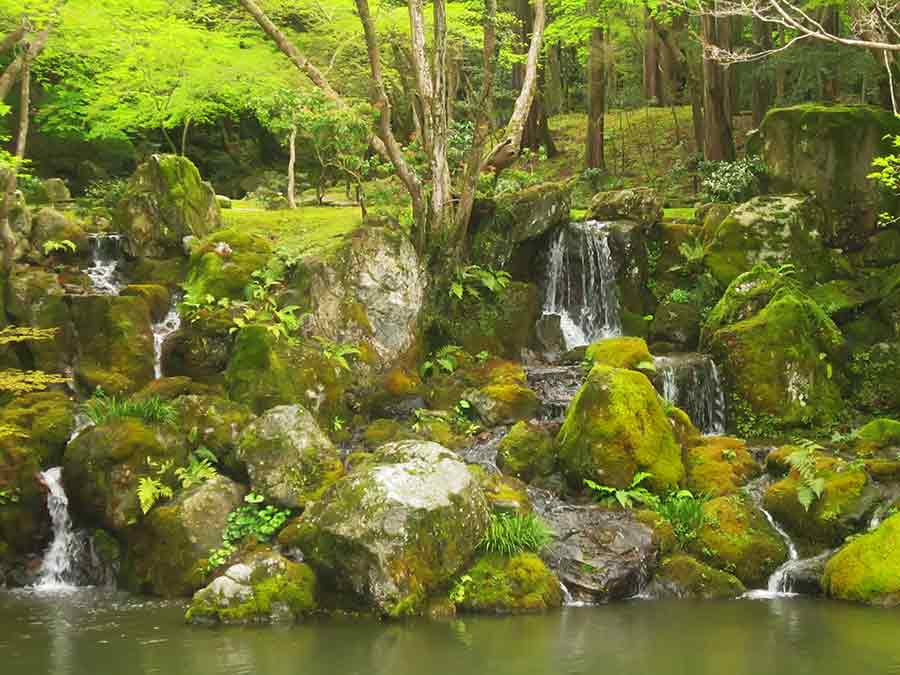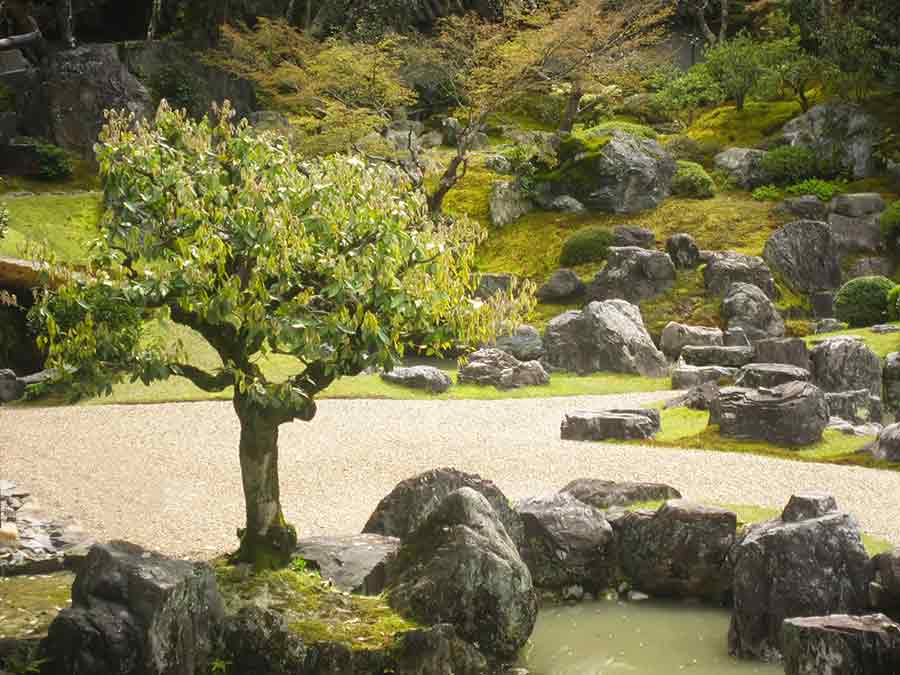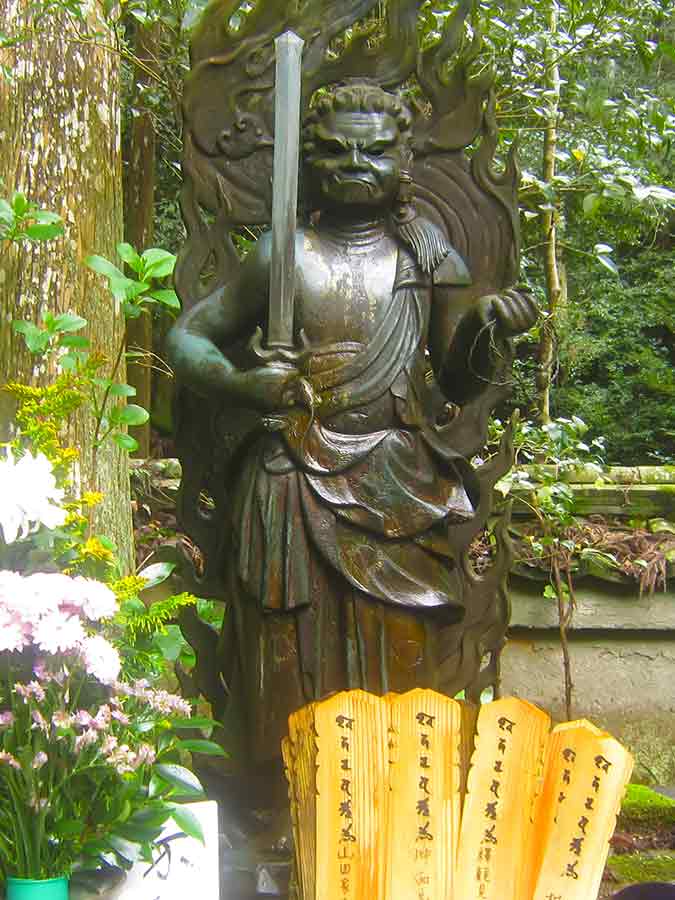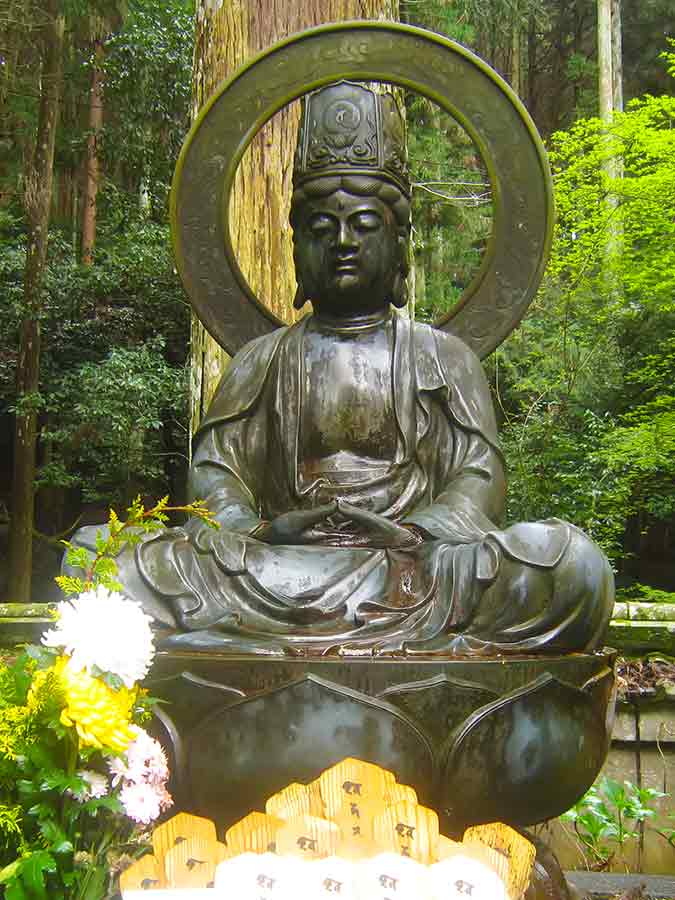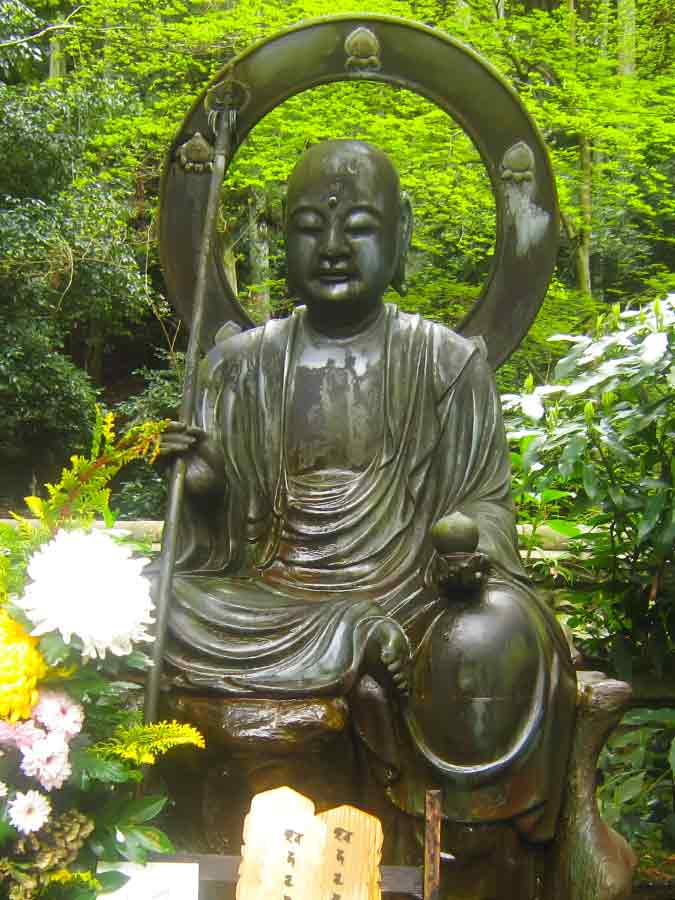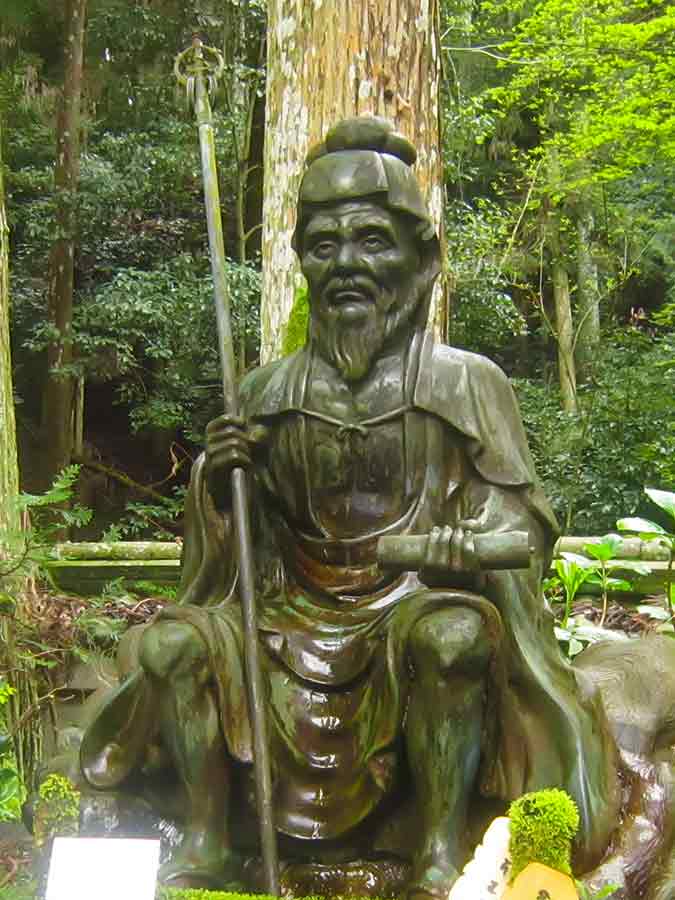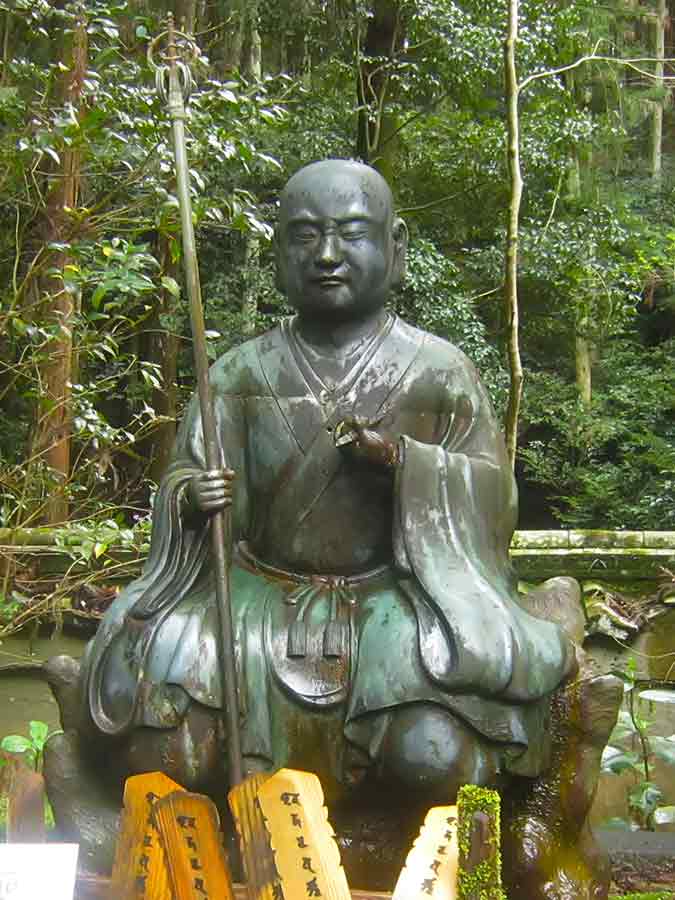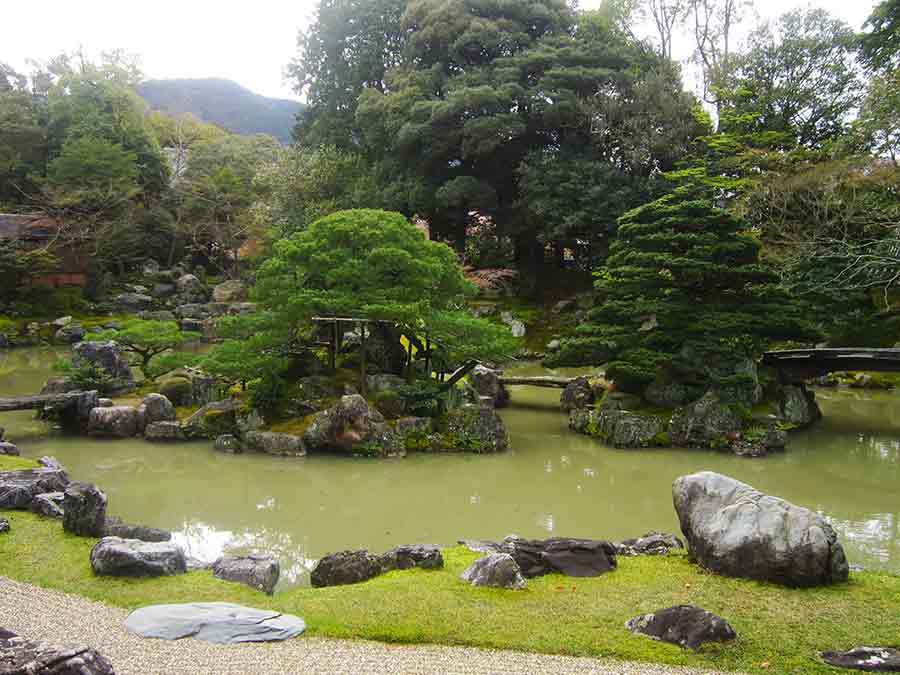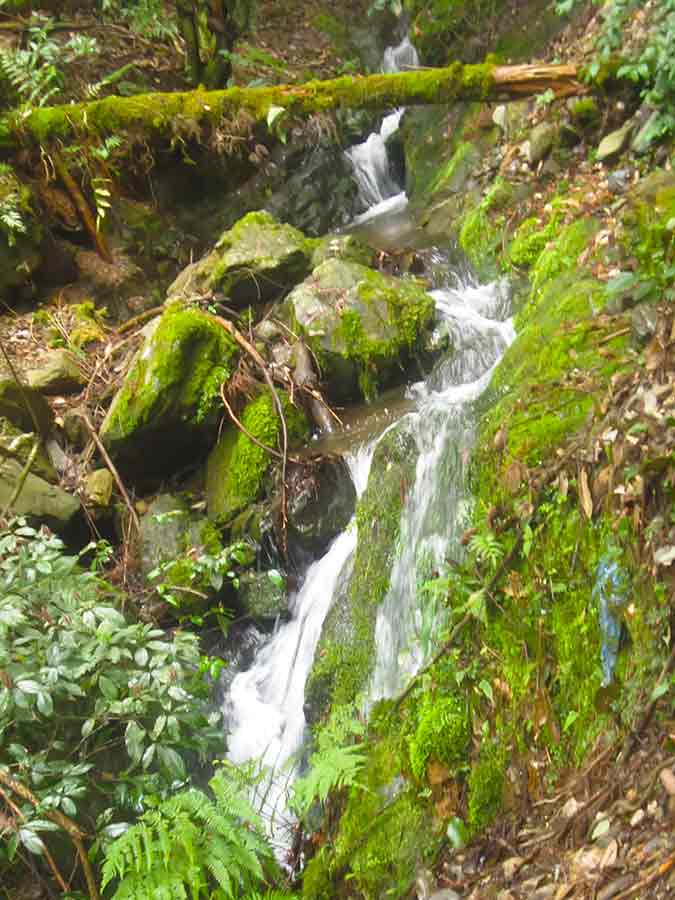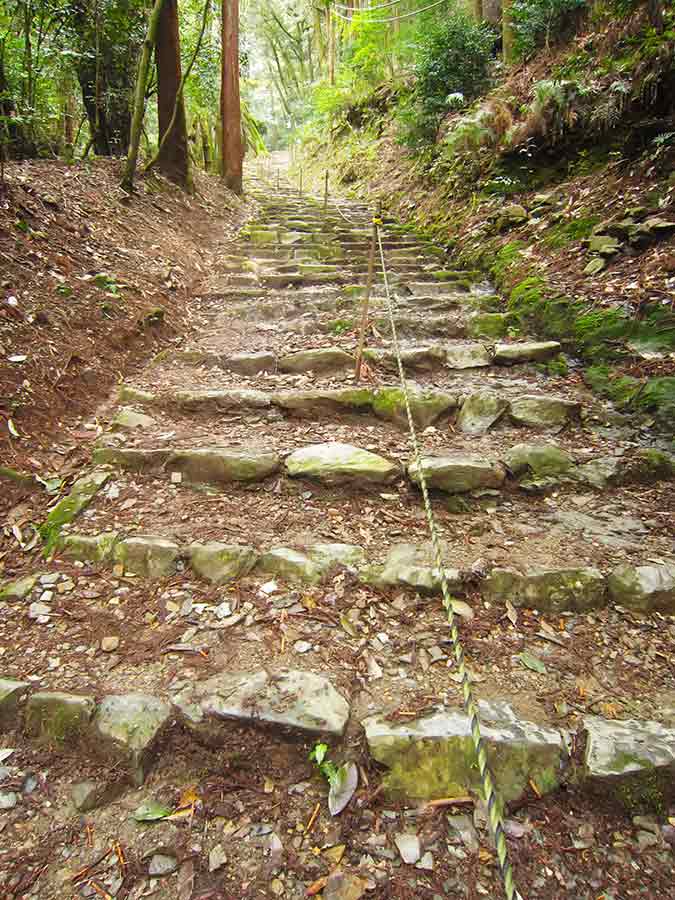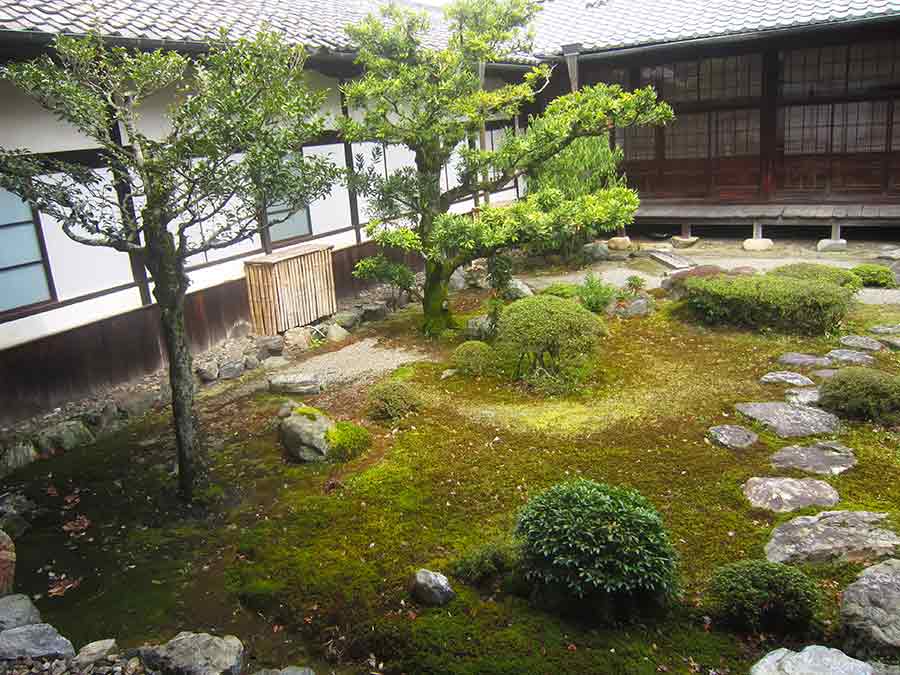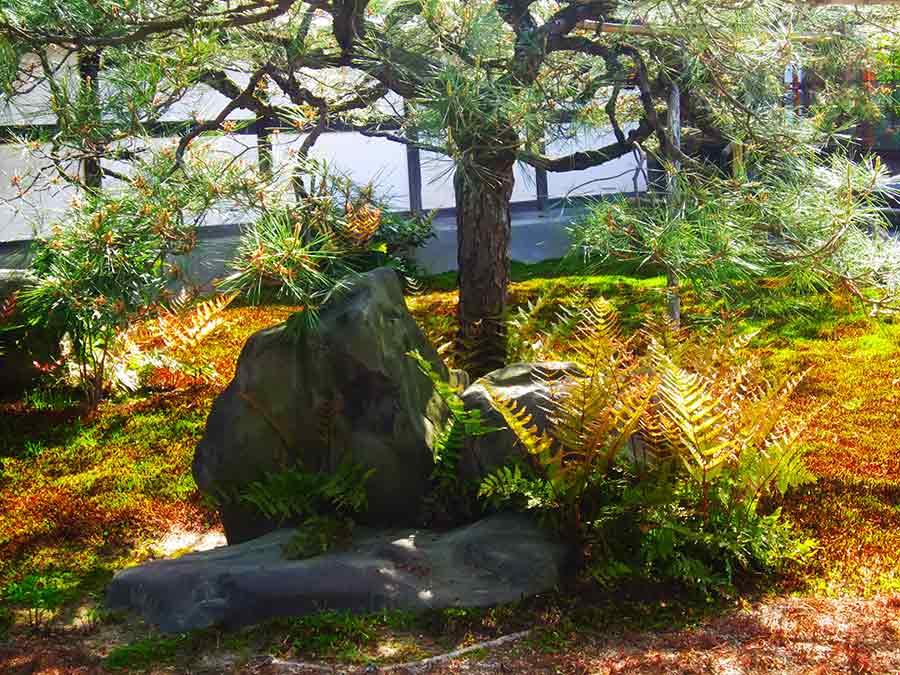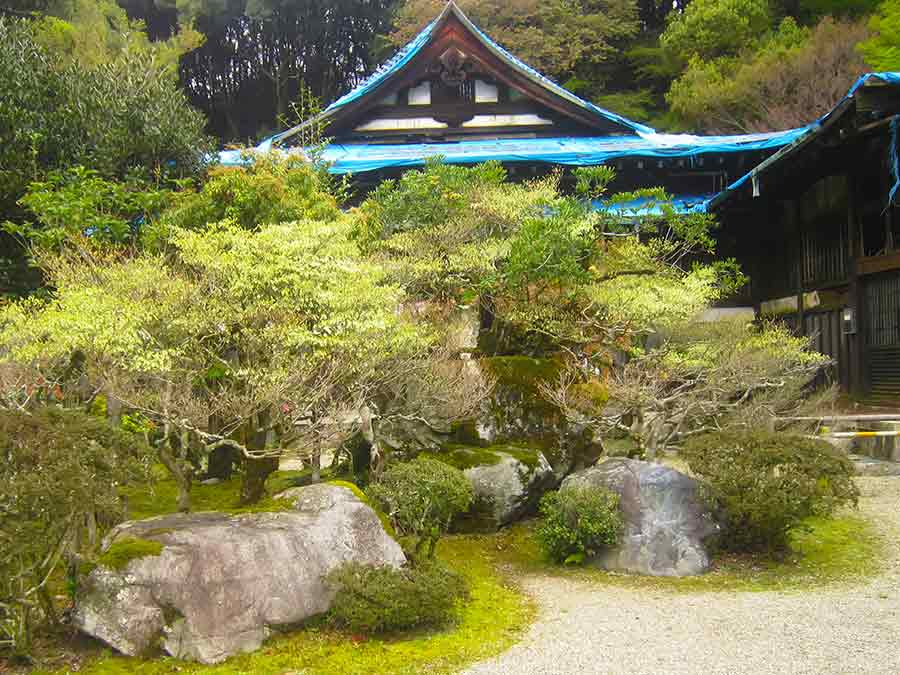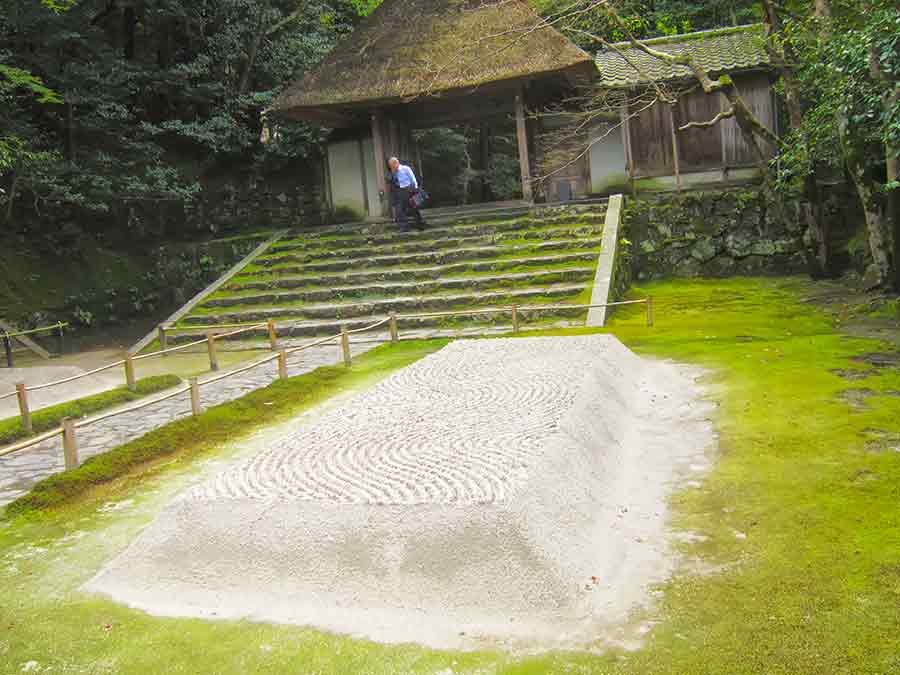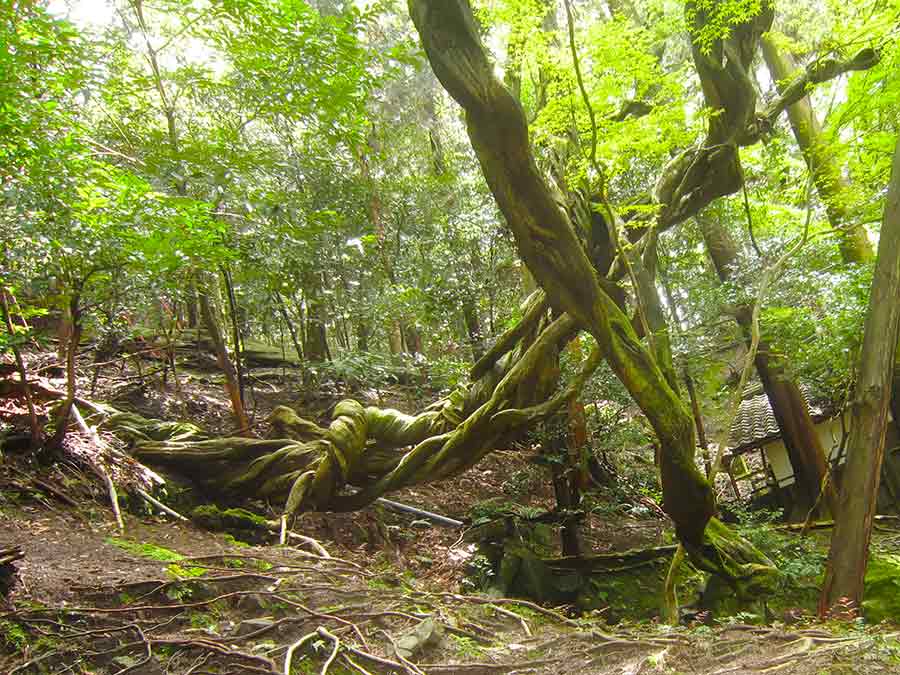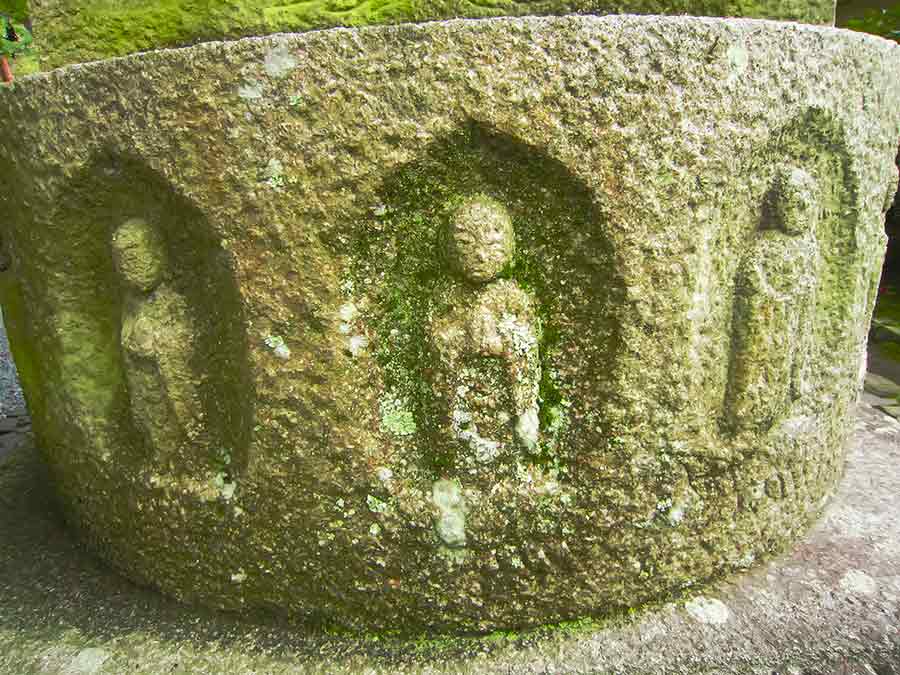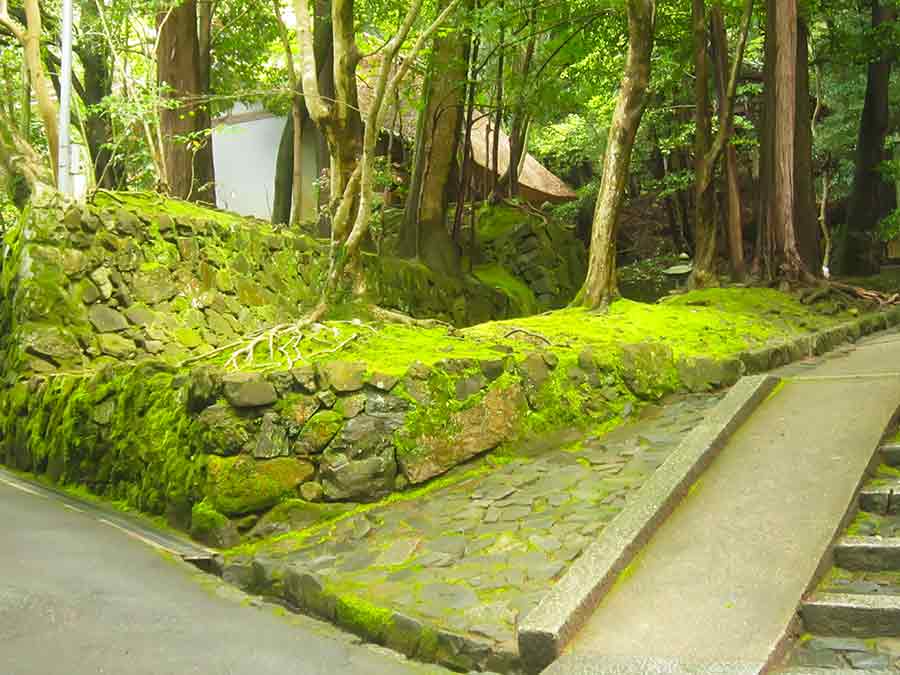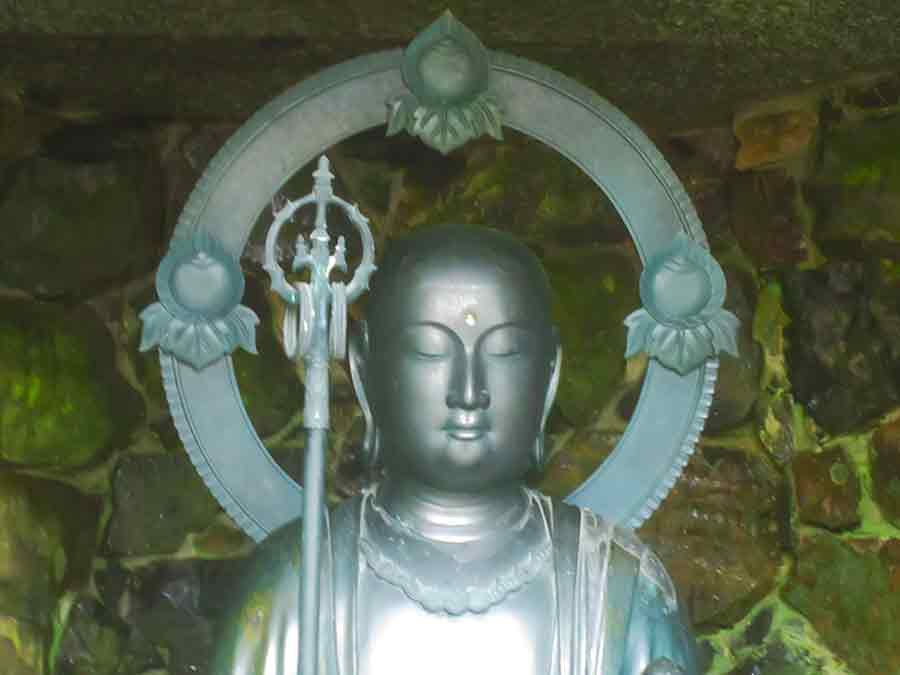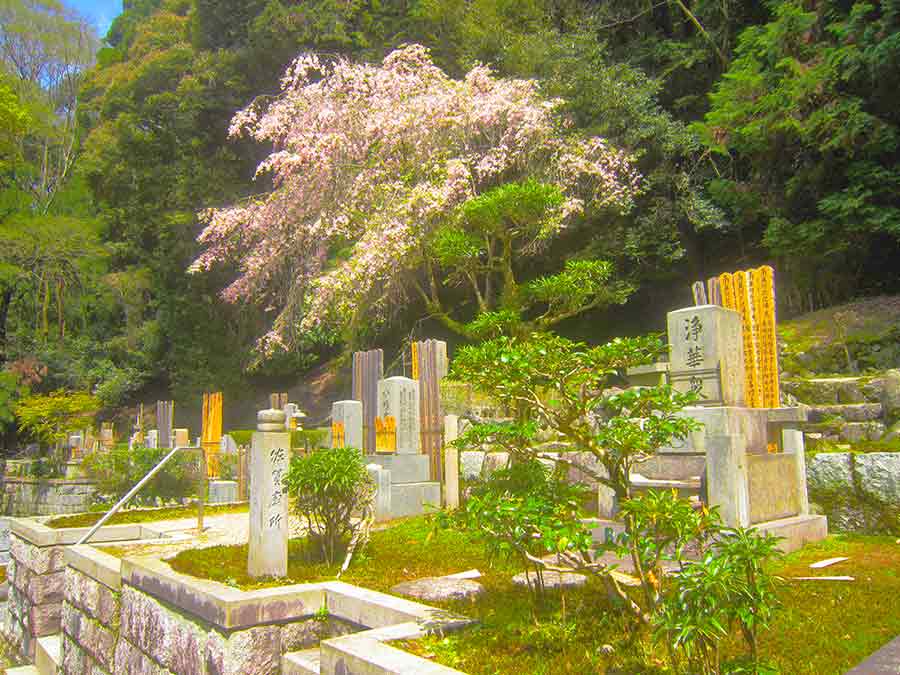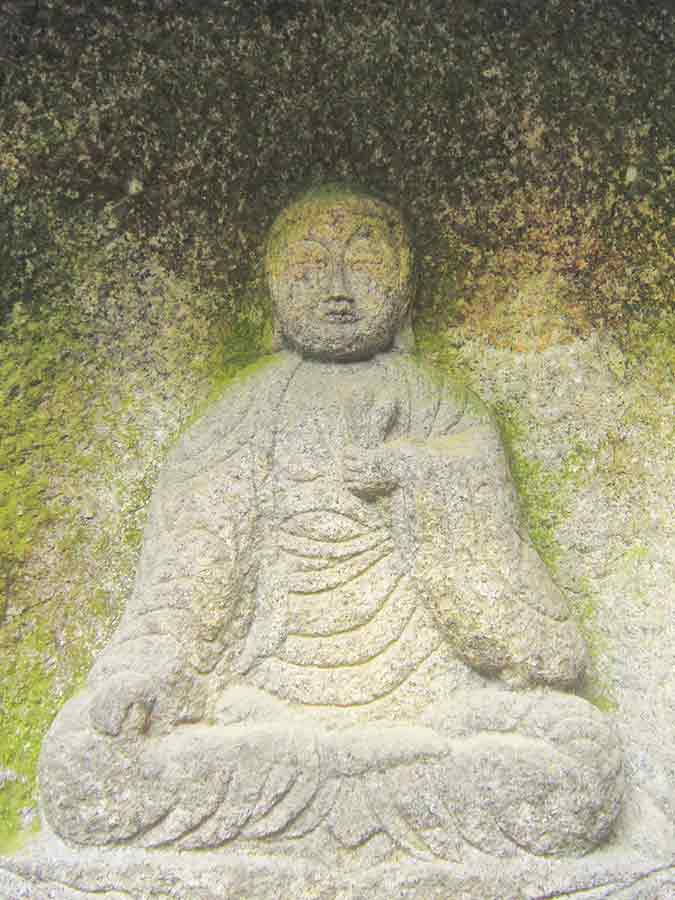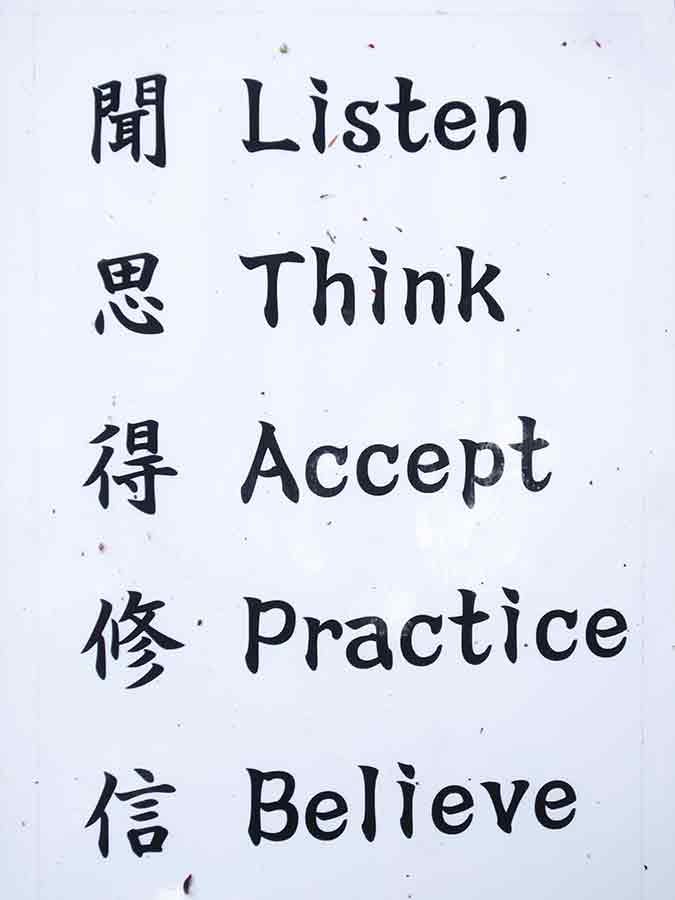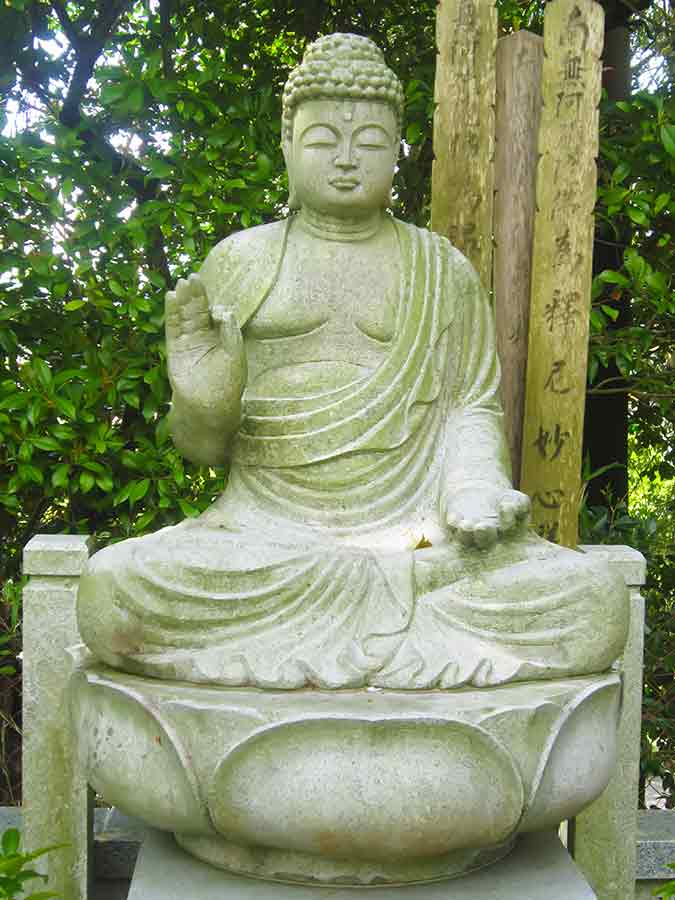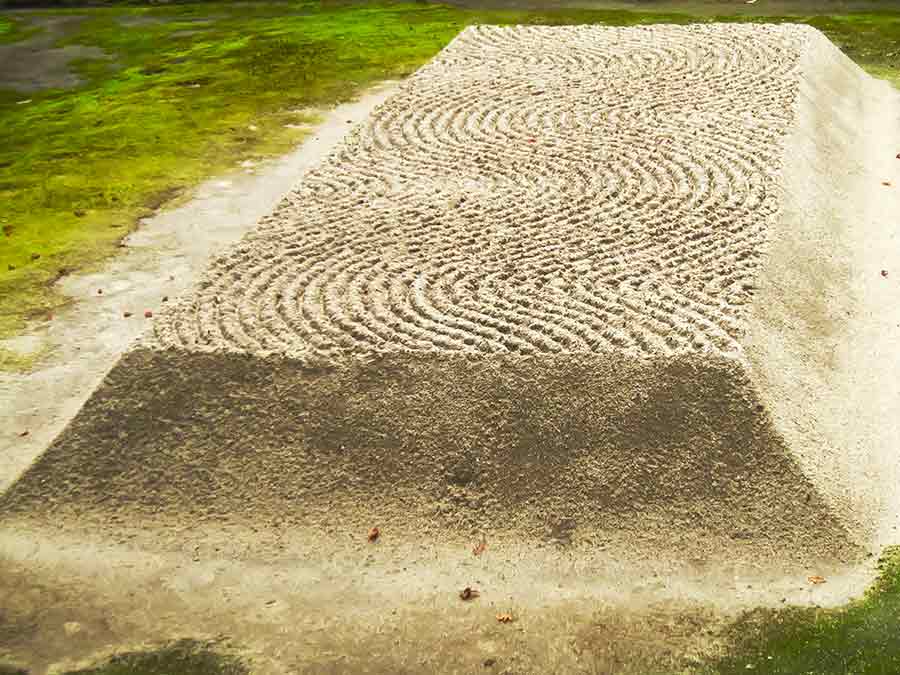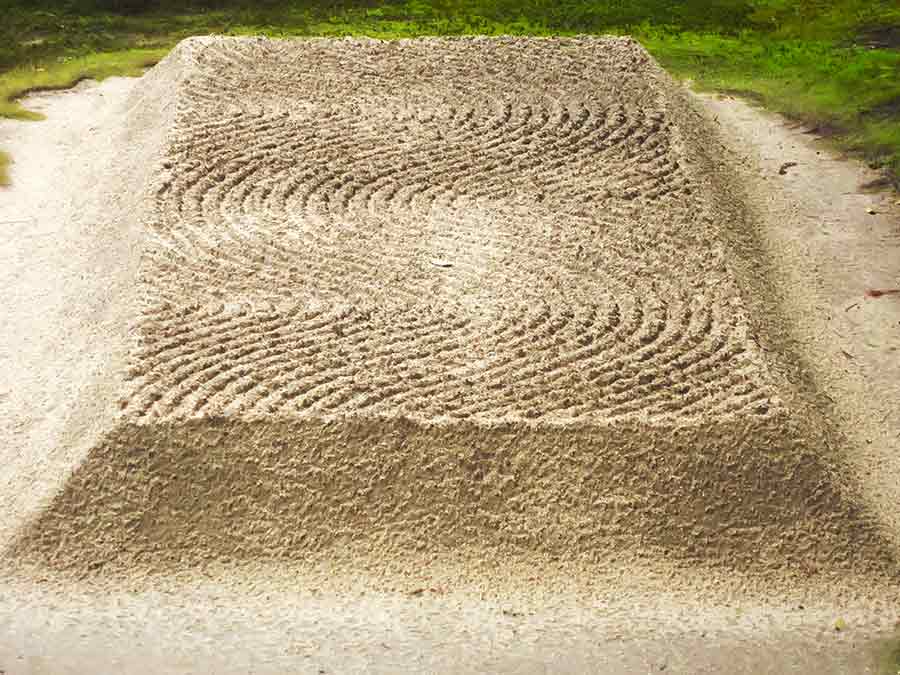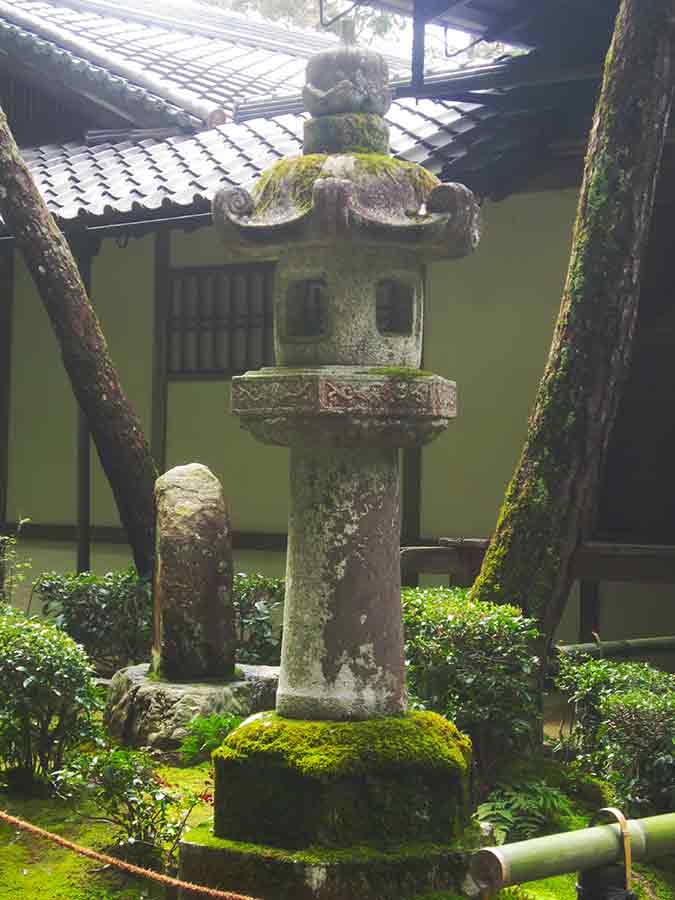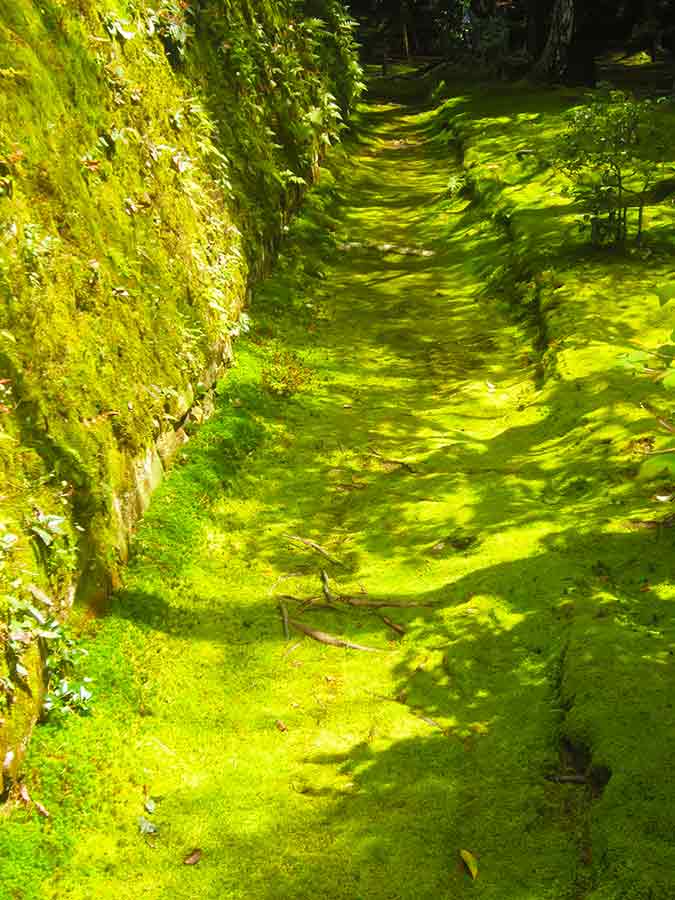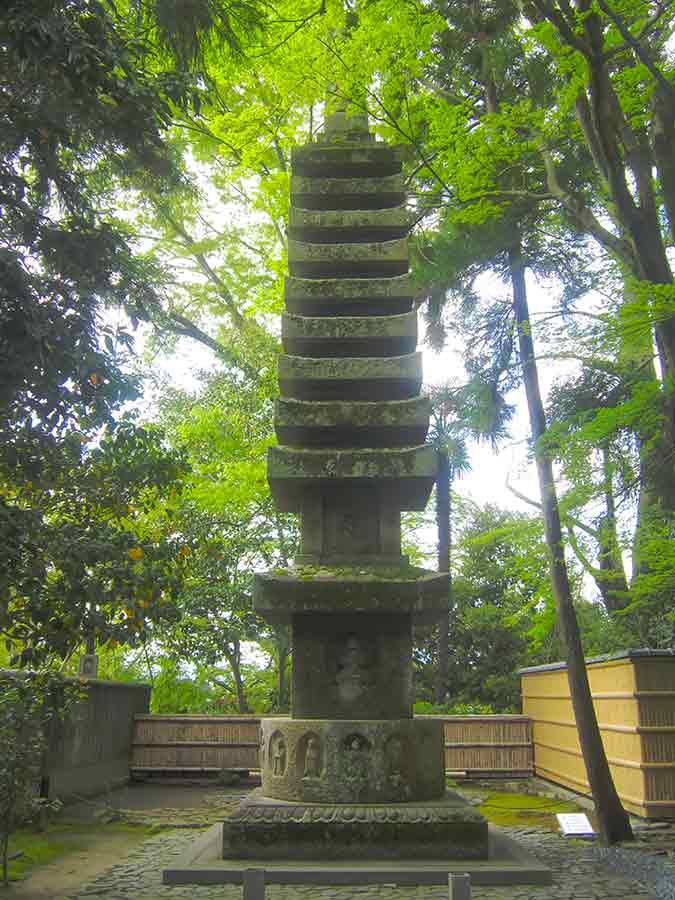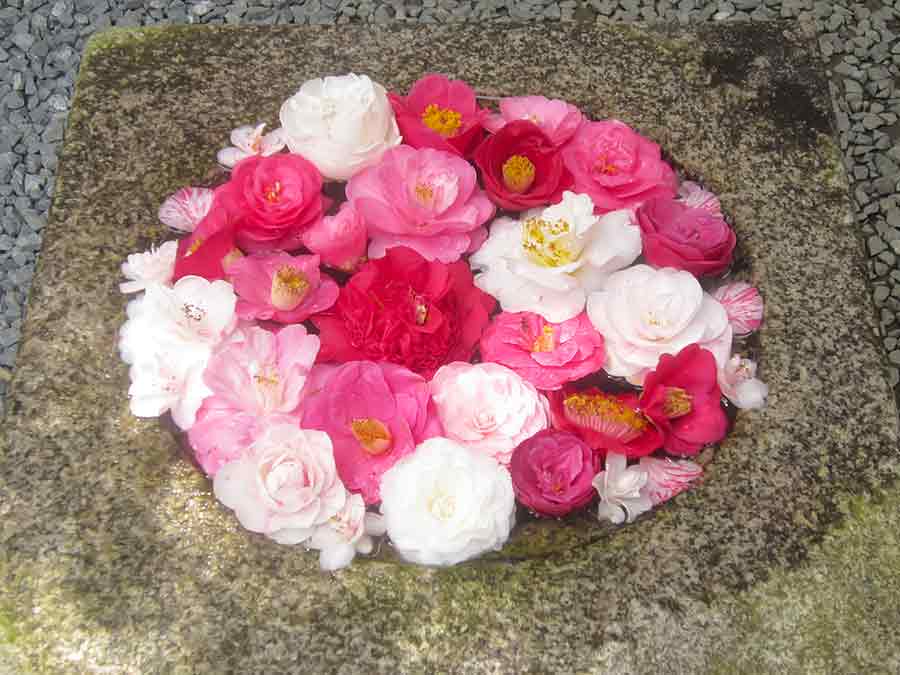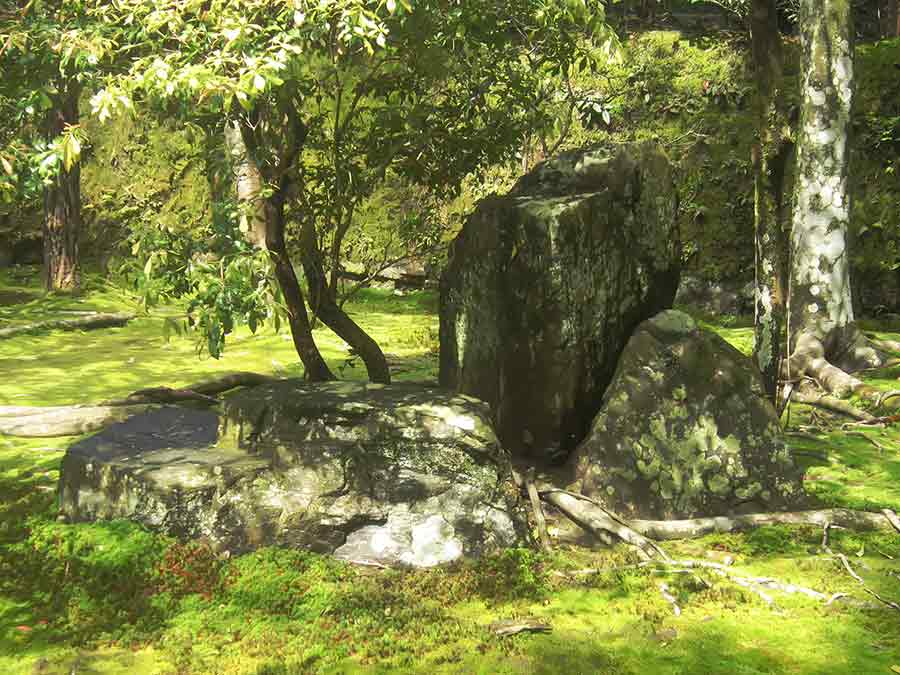Kyoto's Zen Gardens: A Visual Odyssey - Part 2
Zen gardens, with their mesmerizing gravel patterns, often conjure up the essence of Japanese gardens in the minds of many. The subdued hues and minimal vegetation bestow tranquility upon the observer, allowing the eyes to rest and the mind to find solace in the garden's serene ambiance.
These Zen gardens, renowned for their striking rock-and-sand landscapes, serve as visual manifestations of satori, the state of enlightenment. Join me, Wiesław Sadurski, on a photo reportage journey through these soul-stirring havens.
KENNIN-JI, HOJO, DAIGOJI, HONEN-IN
KENNIN-JI: Kyoto's Oldest Zen Temple
Founded approximately 2,500 years ago by Buddha, Buddhism imparts the wisdom that life's inherent suffering can be transcended through equanimity, wisdom, and compassion. Kennin-ji, the oldest Zen temple in Kyoto, serves as a sanctuary where these teachings come to life.
Gardening holds a significant place in Zen teachings, as exemplified by Kennin-ji's full name, "The Garden of the Sound of the Tide." A trio of stones within the garden symbolizes Buddha and two Zen monks, emphasizing the interconnectedness of all beings. The square garden graces the entrance of the priests' living quarters, abbots' quarters, and reception room, embodying a design inspired by a renowned calligraphic work.
The concept of the "circle, triangle, square" underpins this design, based on the famous calligraphic work, signifying that the universe's entirety is represented by these elemental forms. As visitors wander through the garden, they are encouraged to meditate on the interconnectedness and harmony of all things in existence.
HOJO ZEN GARDEN
The Hojo Zen Garden is renowned for its mesmerizing rock formations, which are said to resemble tigers and their young navigating through flowing waters. This symbolic representation invites visitors to reflect on the harmonious interplay between the forces of nature.
Within the garden, the exquisite paintings on fusuma (sliding doors) also captivate the observer's attention. These remarkable artworks feature lifelike depictions of tigers set against golden leaves, revealing the delicate balance between strength and grace.
As visitors enter the Hojo complex, they pass through the temple's former kitchen, which now houses a charming tea house. Here, one can pause for a moment of reprieve and appreciate the beauty of a miniature waterfall just beyond the window, offering yet another opportunity to meditate on the serene interconnectedness of the world.
DAIGOJI GARDEN
Nestled within the heart of Japanese Buddhism, the UNESCO World Heritage site of Sanboin Garden Daigoji boasts a rich history and a treasure trove of cultural artifacts. Upon entering the main temple grounds, one encounters the Sanboin, the graceful former residence of the head priest, initially constructed in 1115. The present-day building dates back to 1598, when it was expanded to accommodate a renowned cherry blossom viewing party.
As an Imperial temple, Sanboin's Karamon gate was reserved for the exclusive use of Imperial messengers. Within its walls lies the Sanboin Garden, a National Treasure adorned with 800 rocks, each thoughtfully placed to evoke a sense of harmony.
Situated in eastern Kyoto, Daigoji Temple holds a special place in history as the site of a hanami party organized by the 16th-century warlord Toyotomi Hideyoshi. Today, visitors to the Sanboin Garden continue to marvel at the enchanting weeping cherry trees that stand as timeless symbols of beauty and grace.
HONEN-IN GARDEN
From the moment you begin your journey along the stunning approach leading to the moss-covered gate, Honen-in Garden casts a spell of enchantment upon its visitors. As you venture inside, a beautiful stone bridge stretches across a tranquil pond teeming with carp, guiding you to a verdant garden blanketed in soft moss.
The garden's allure continues as you uncover a secret cave hidden behind the main lobby, where whispers of mystery and wonder seem to echo through the air. Stroll across the low bridges that span the shallow carp pond, and find yourself greeted by a graceful statue of Jizo nestled at the back of the temple. With each step through the Honen-in Garden, the gentle embrace of nature and the delicate balance of beauty and serenity invite you to surrender to the magic of this captivating sanctuary.
Are you captivated by KYOTO? Discover more pages on 'wisarts' to further immerse yourself in the beauty and serenity of this enchanting city:
Zen Gardens in Kyoto - DAISEN-IN, GINKAKUJI, RYOAN-JI, TENRYUIJ, SOGENCHI - Delve into the intimate essence of nature.
Myōshin-ji Zen Gardens Kyoto; explore the area known as "flower garden";
Tofukuji Zen Gardens - visual renderings of enlightenment;
Kyoto Flower Gardens: SHOSEI-EN, HEIAN, HARADANI-EN, TOJI, BOTANIC, NIJO-JO, KINKAKU-JI - Wander through breathtaking floral landscapes.
Discover the rich history and architectural marvels of: Zen Temples in Kyoto: MYOSHIN-JI, KENNIN-JI, GINKAKUJI, TOFUKUJI, DAITOKU-JI. Embark on a journey through the sacred spaces of Kyoto's Zen temples.
Join me, Wiesław Sadurski, in uncovering the wonders and serenity that Kyoto has to offer, and let your heart be moved by the city's timeless beauty.
